
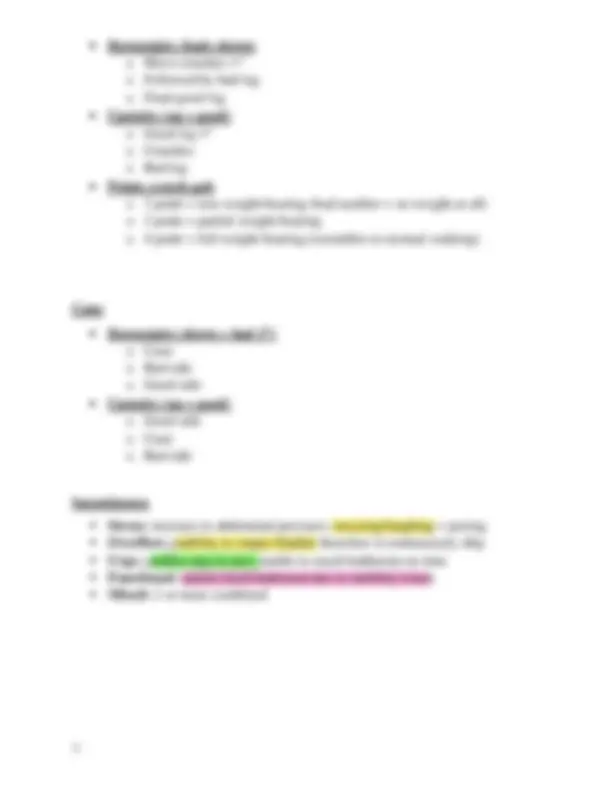
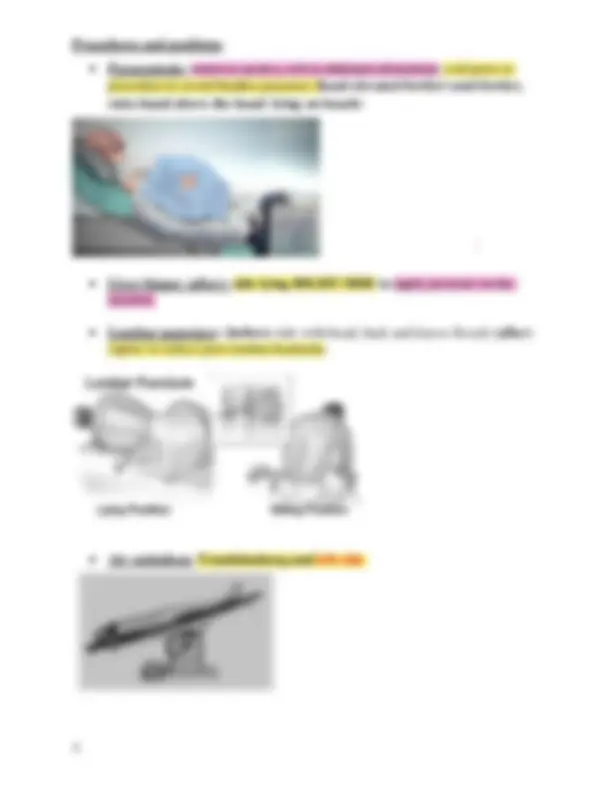
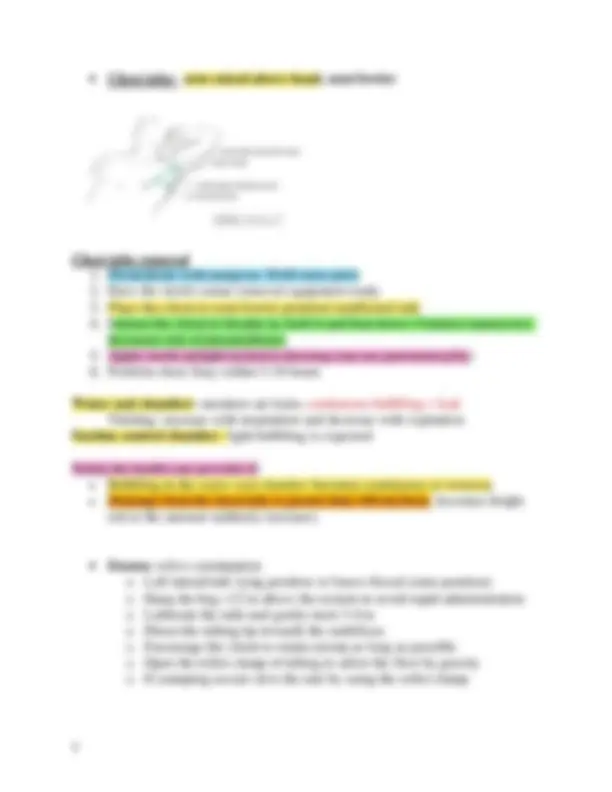
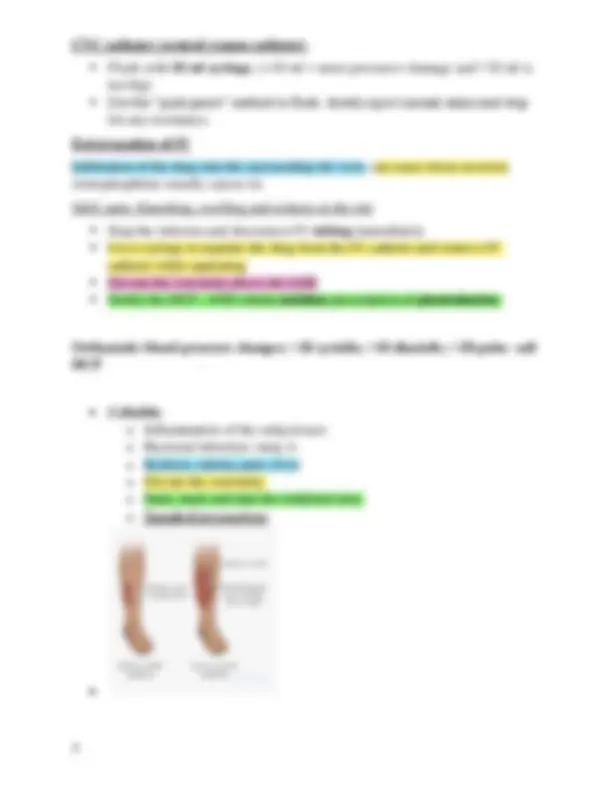
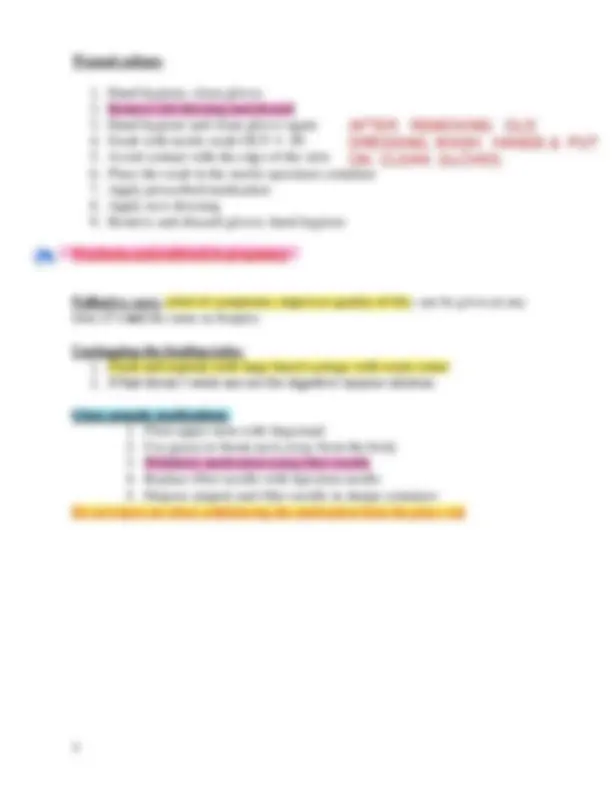
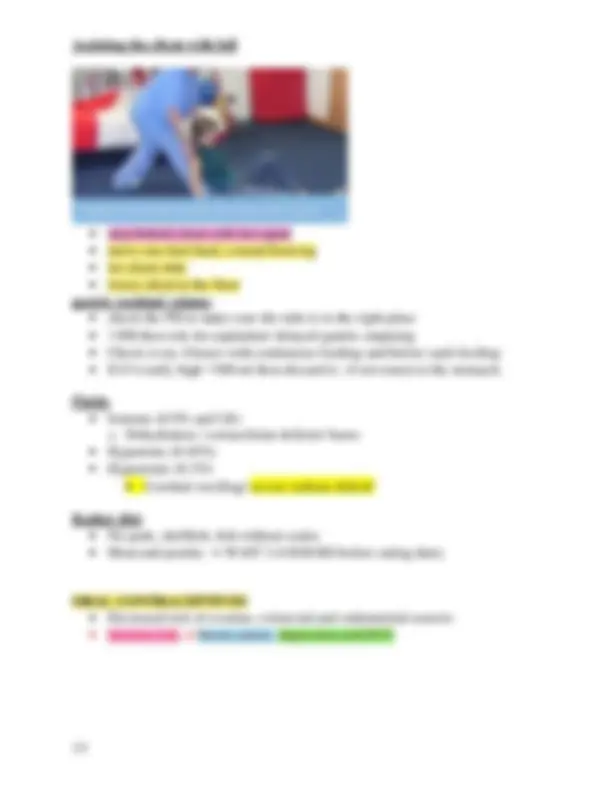
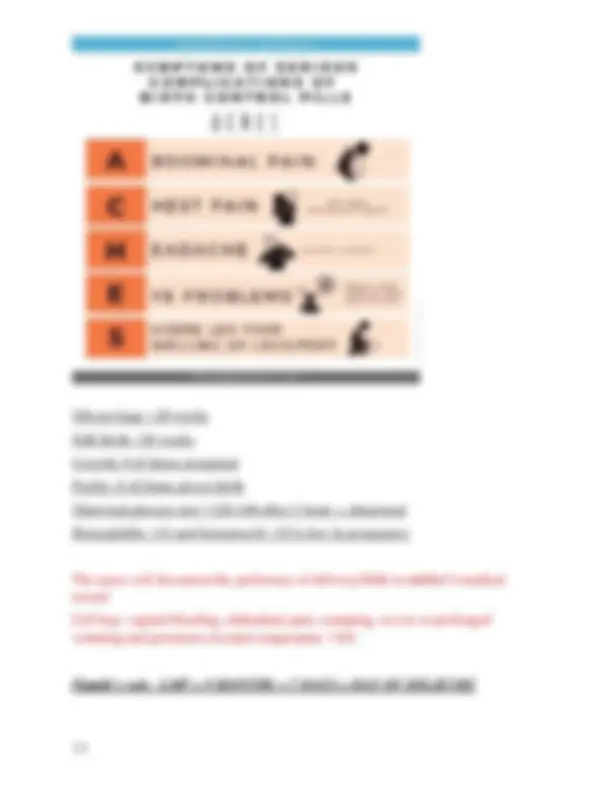
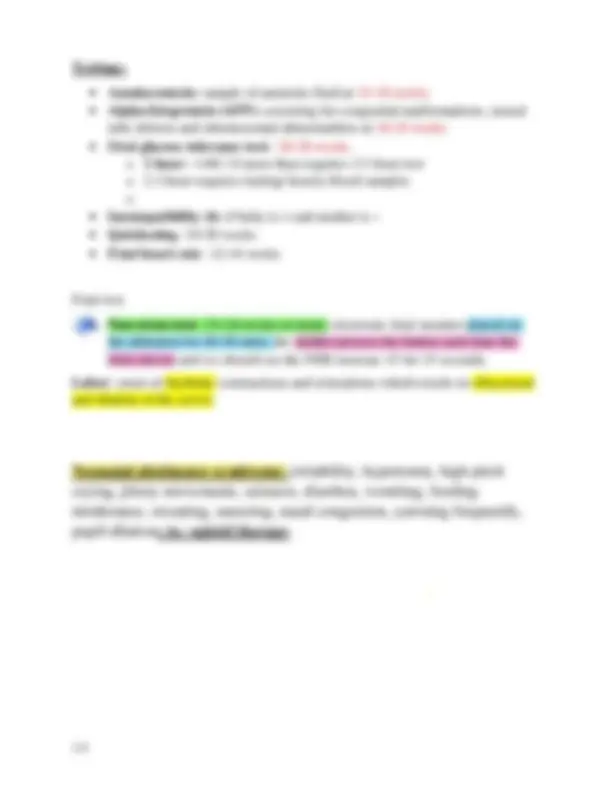
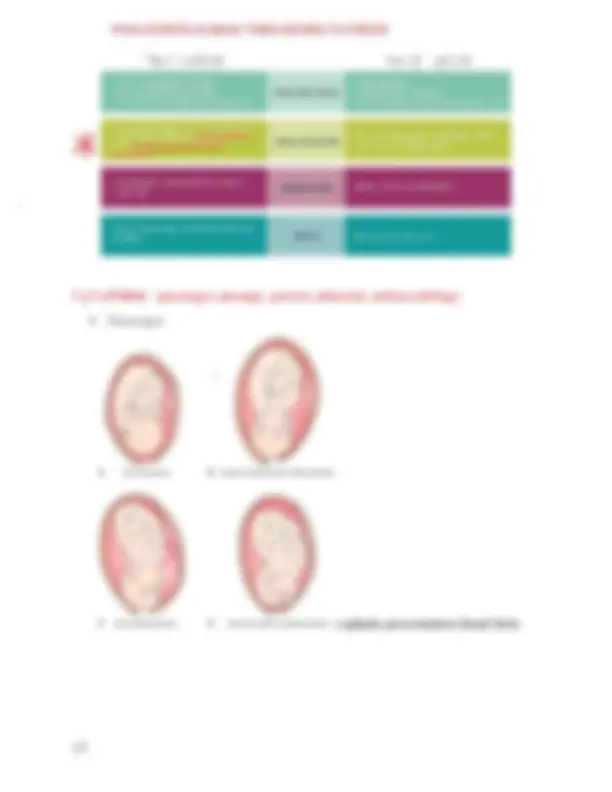
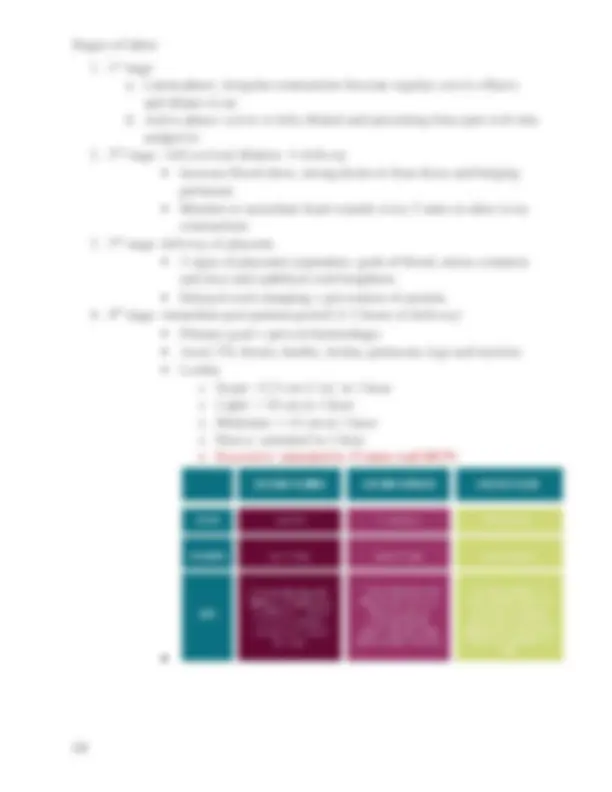
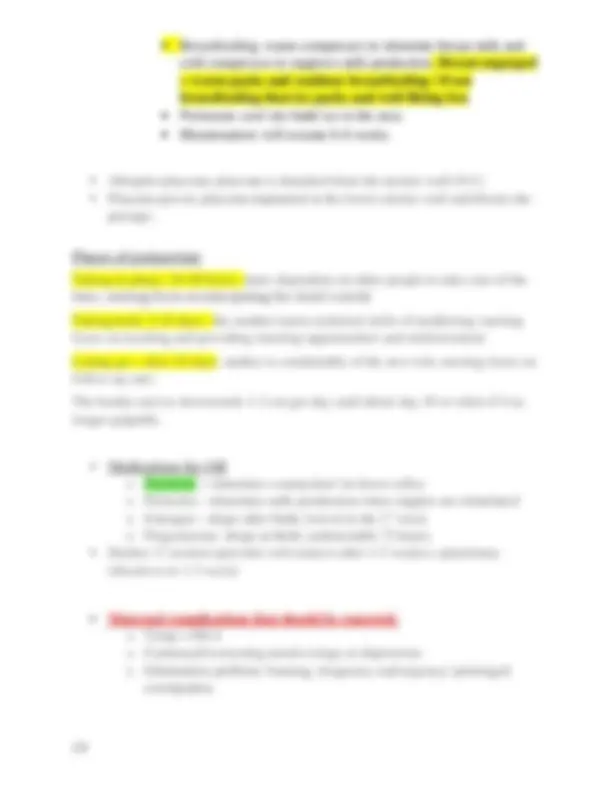
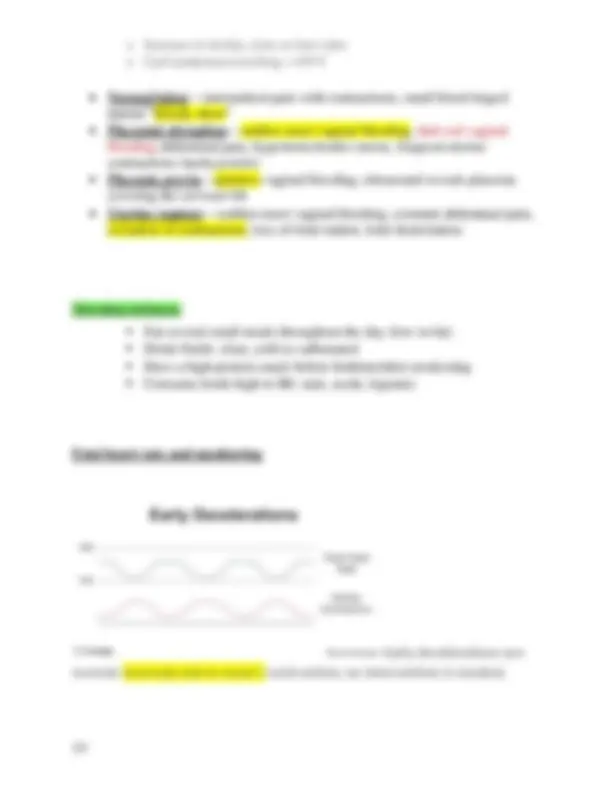
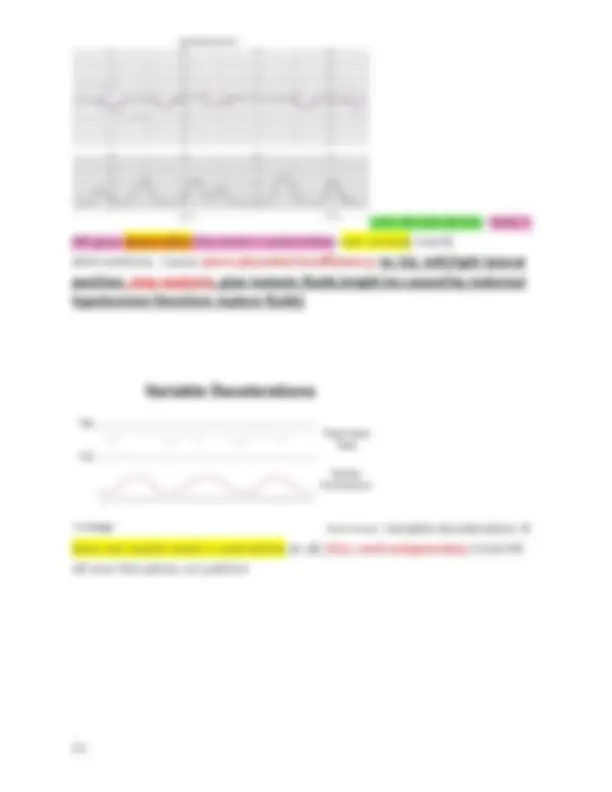

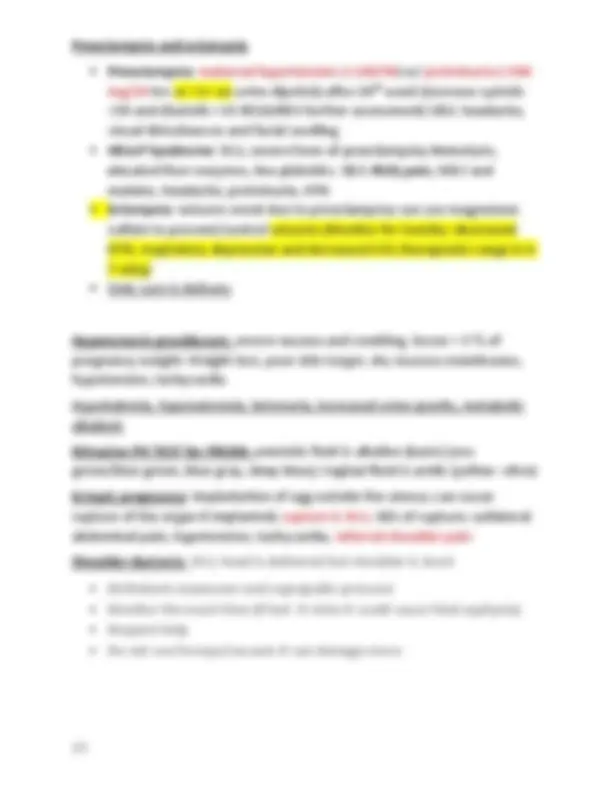
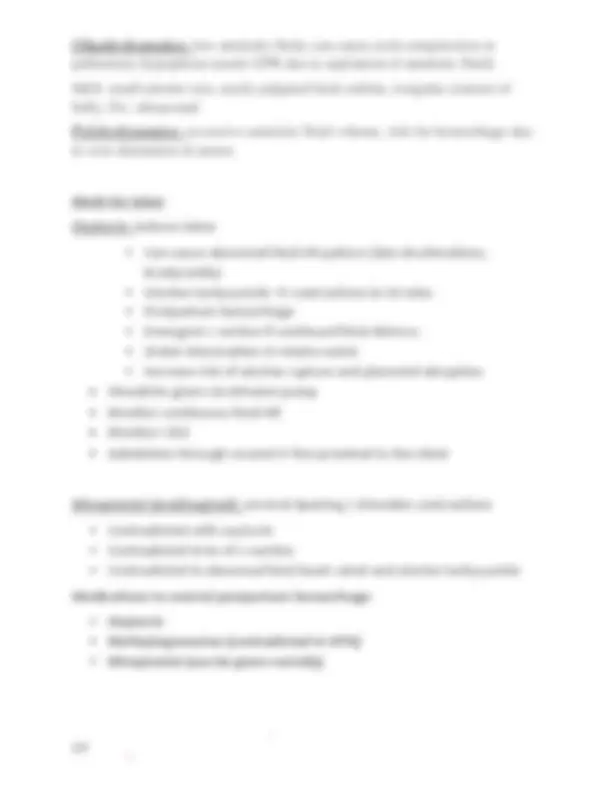
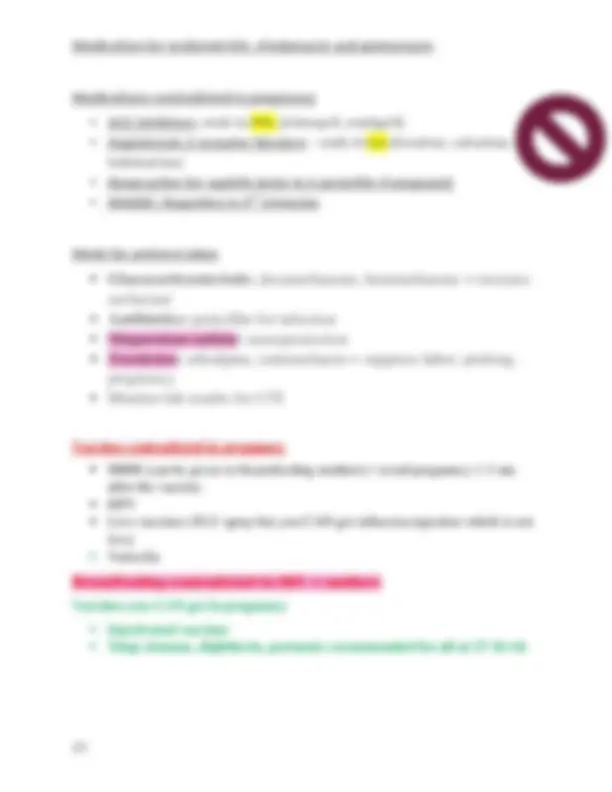
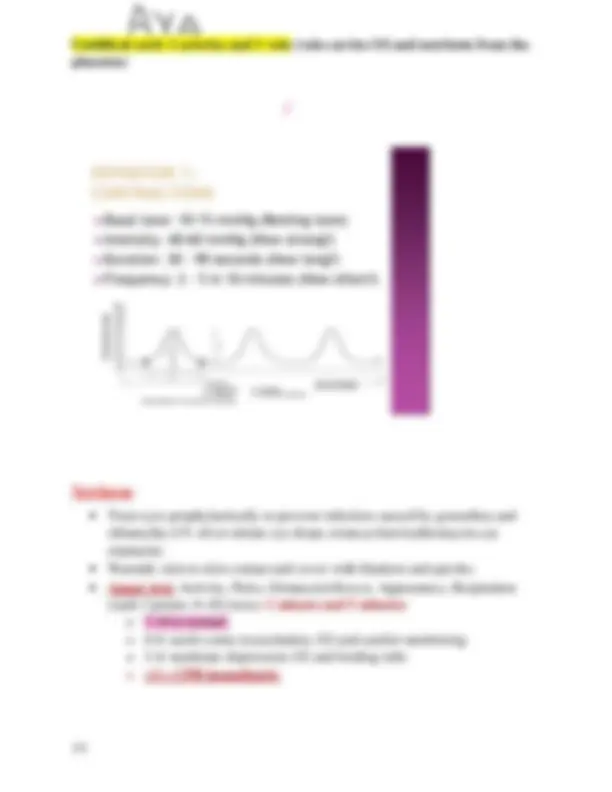
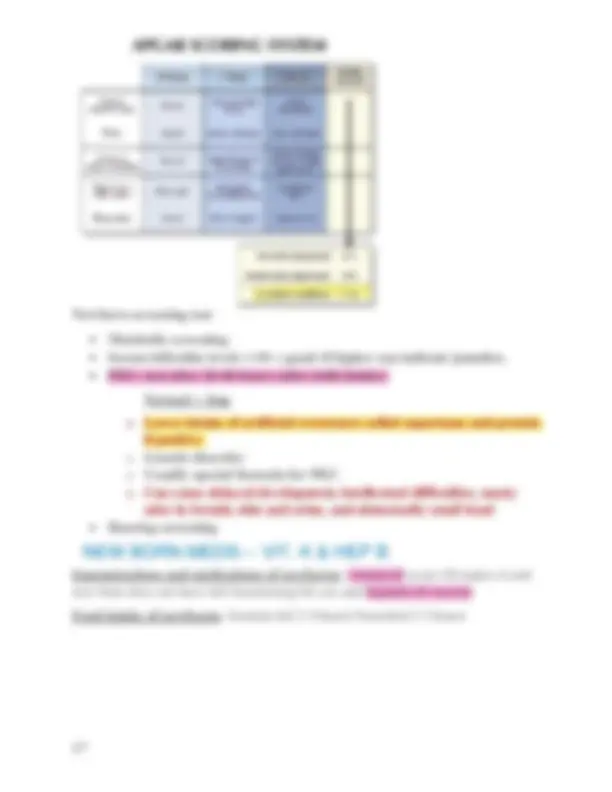
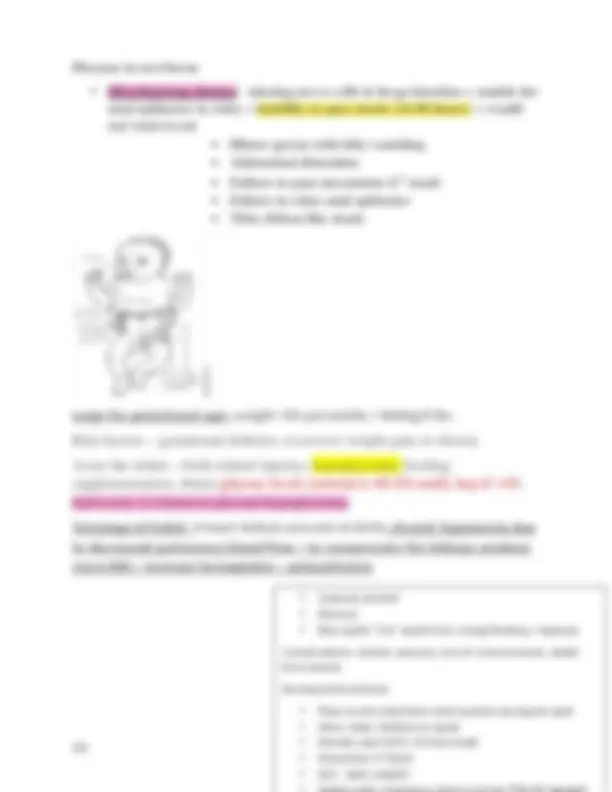
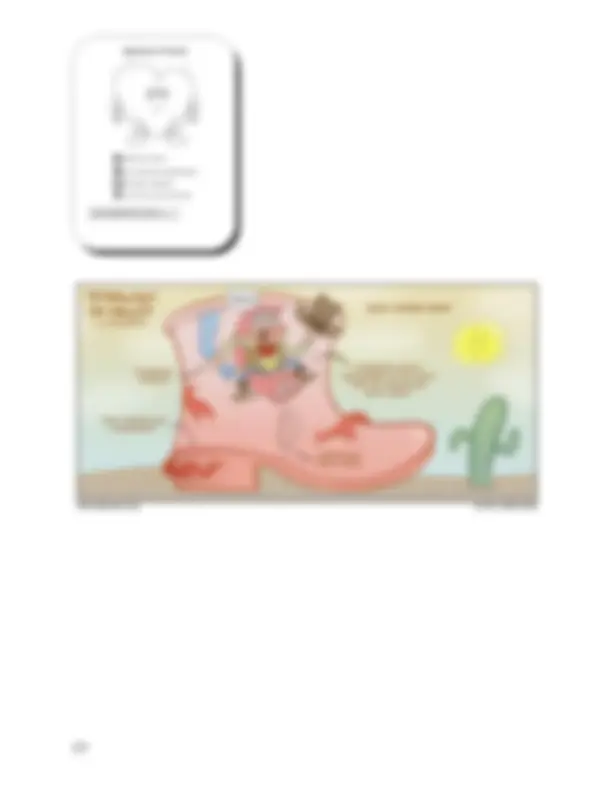
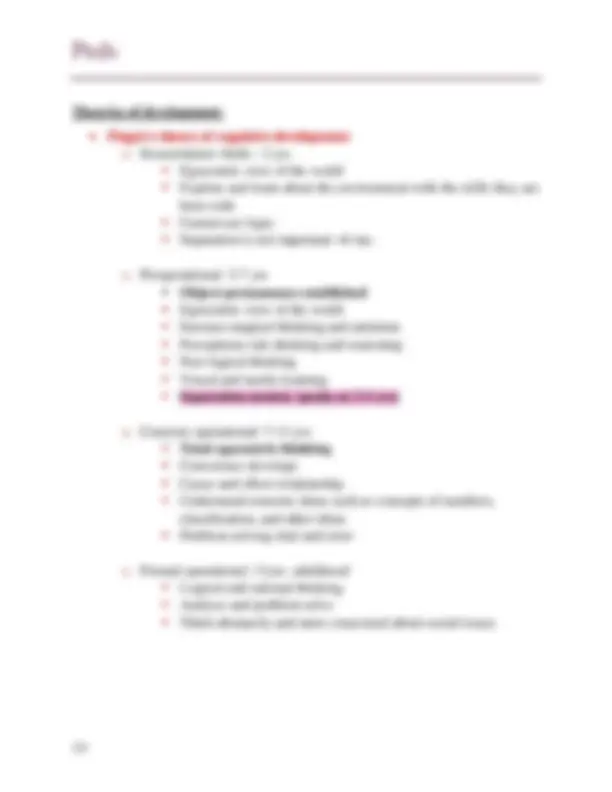
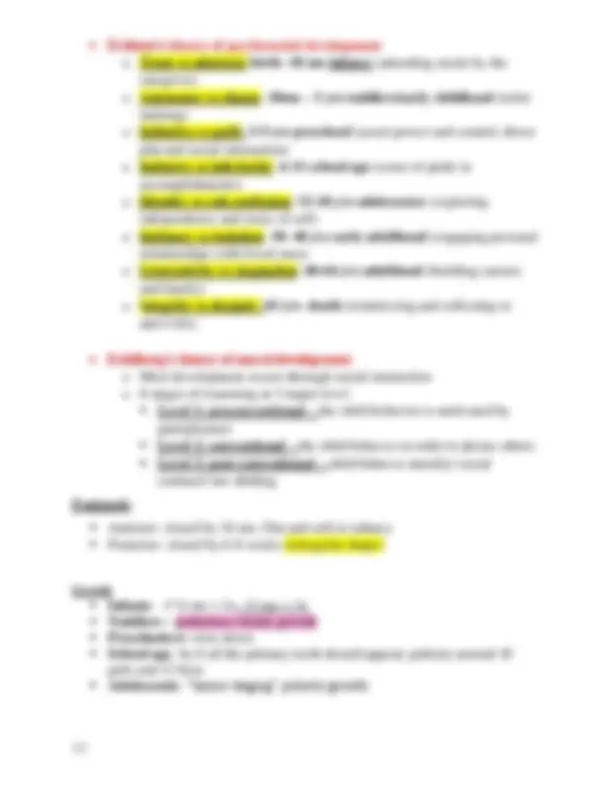
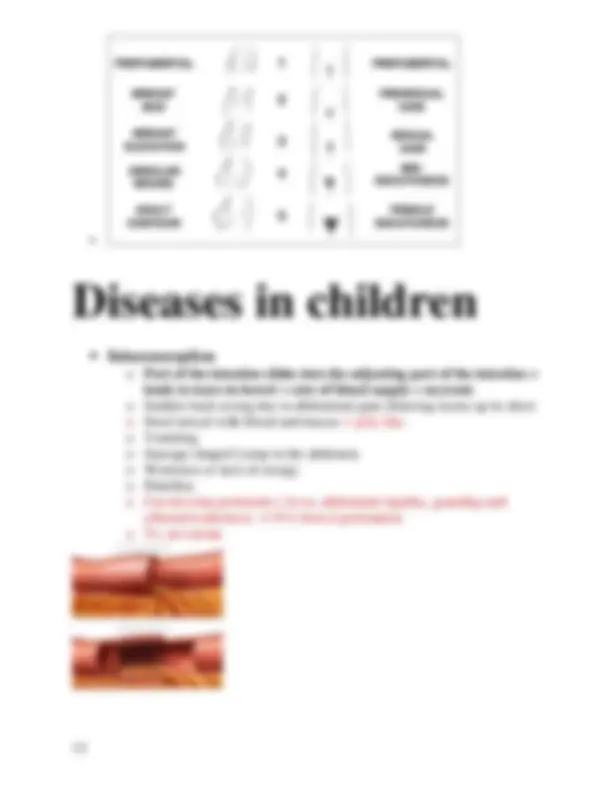
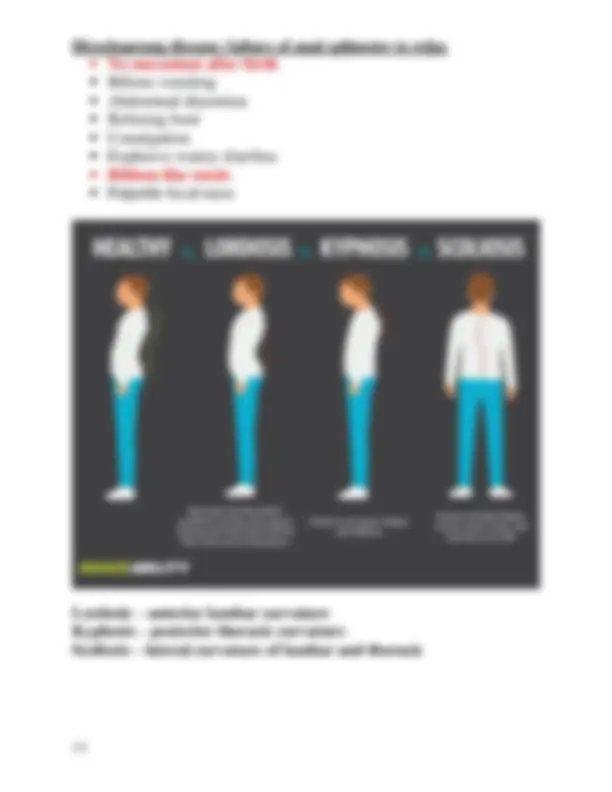
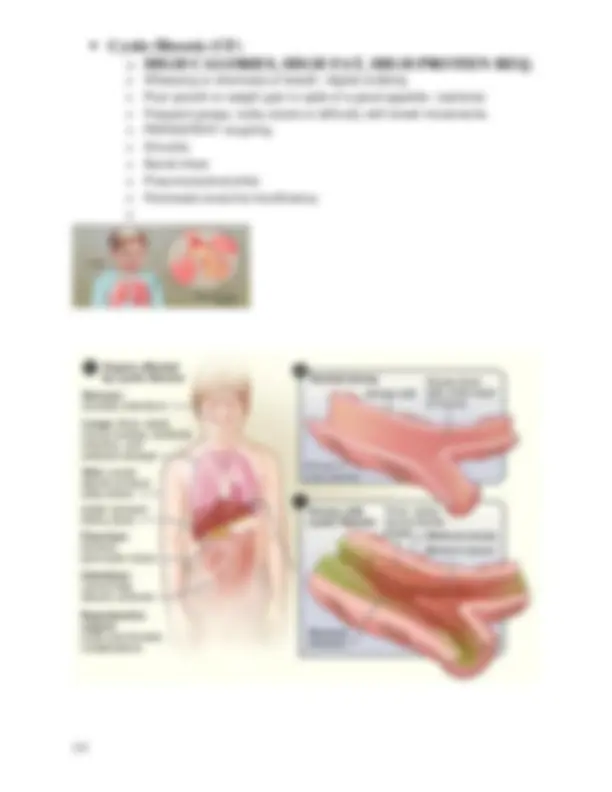
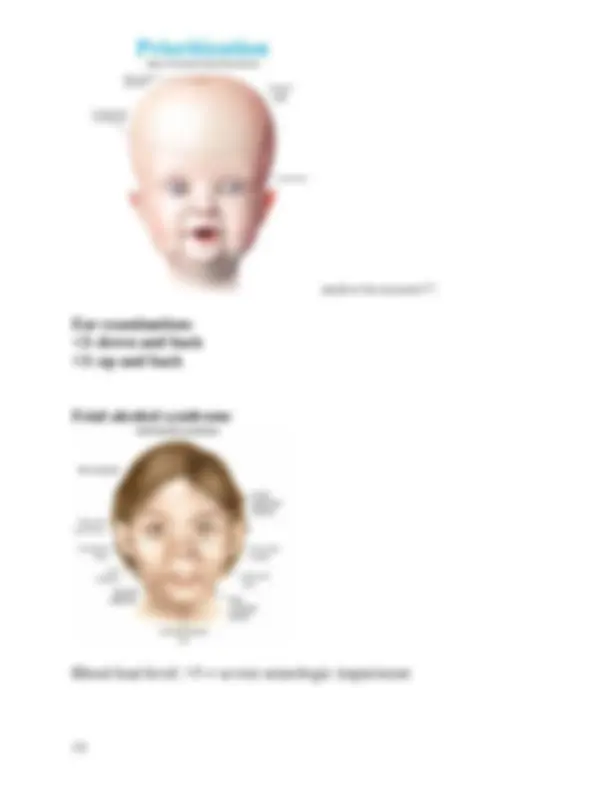
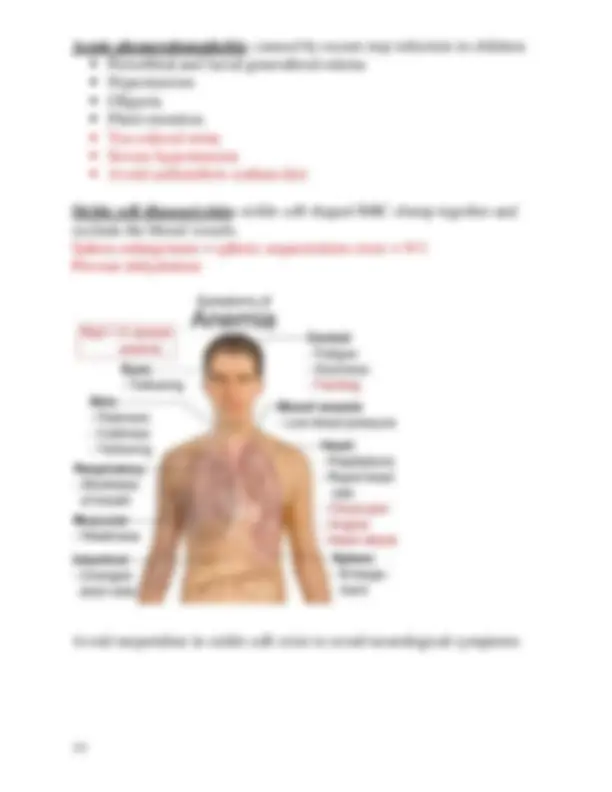
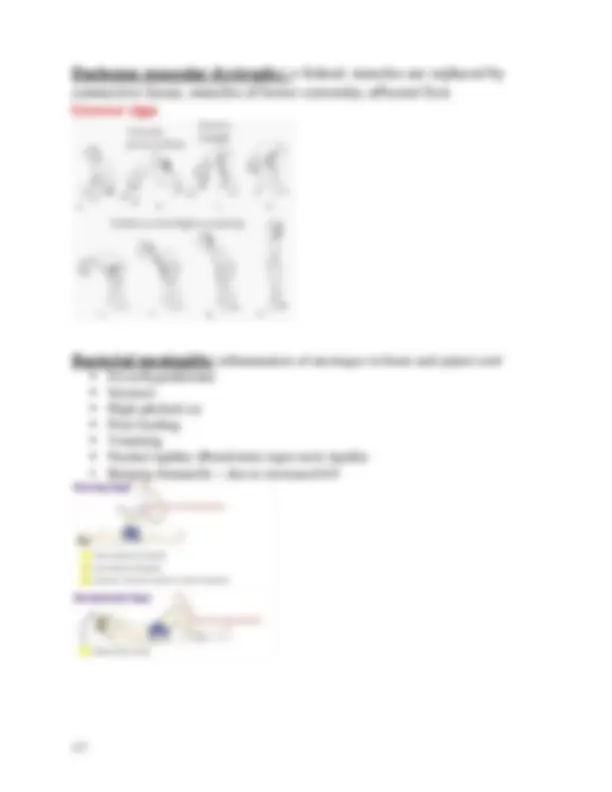
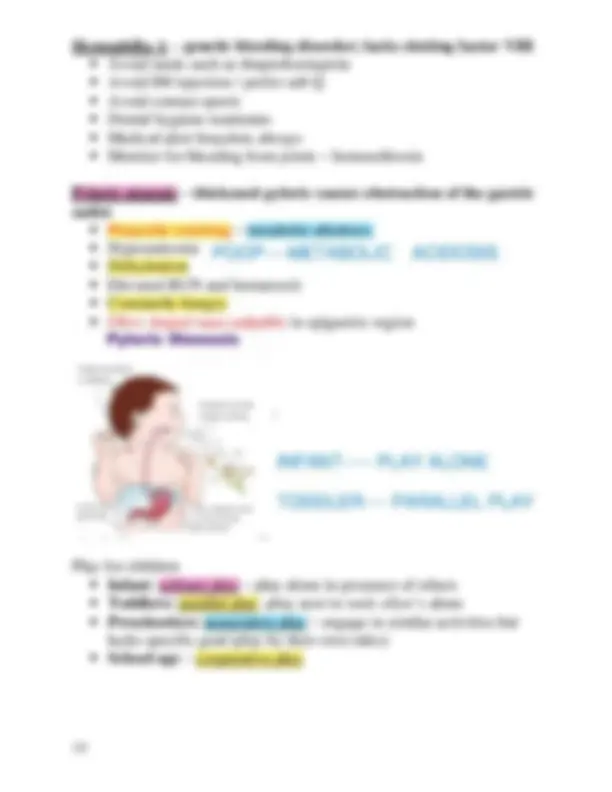
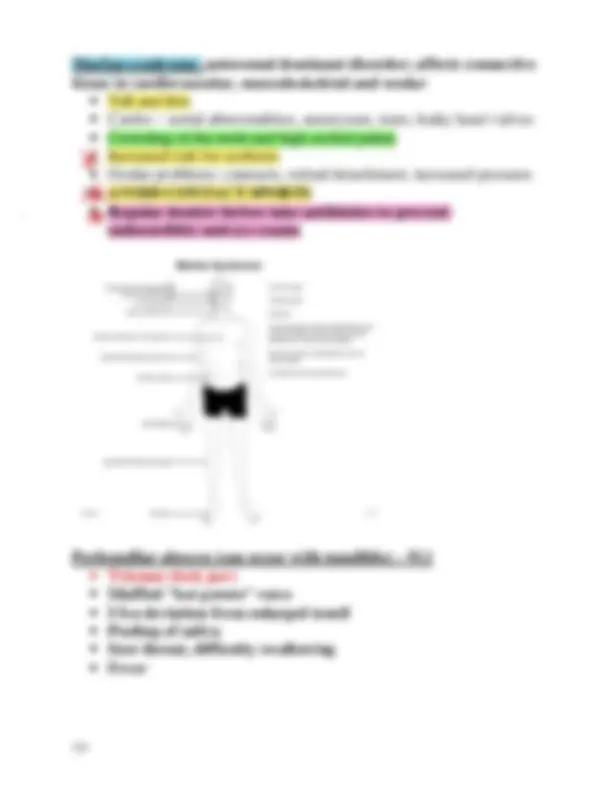
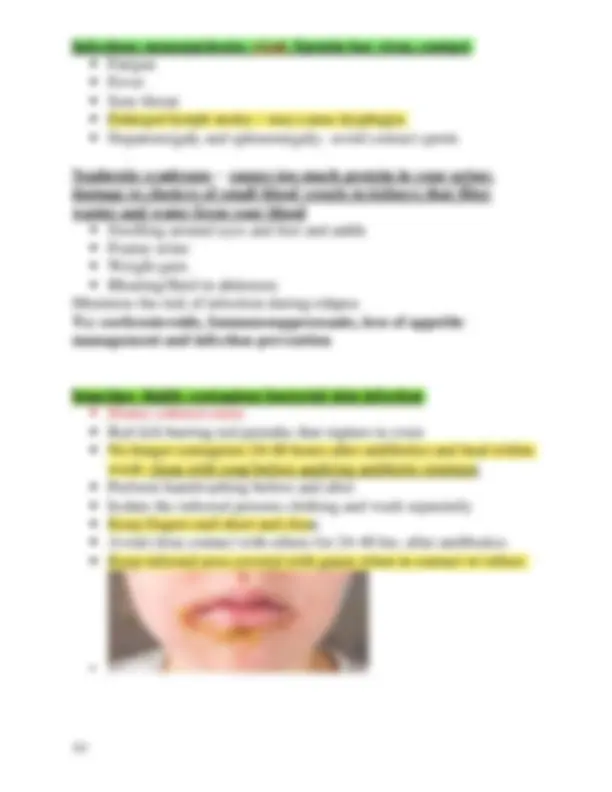
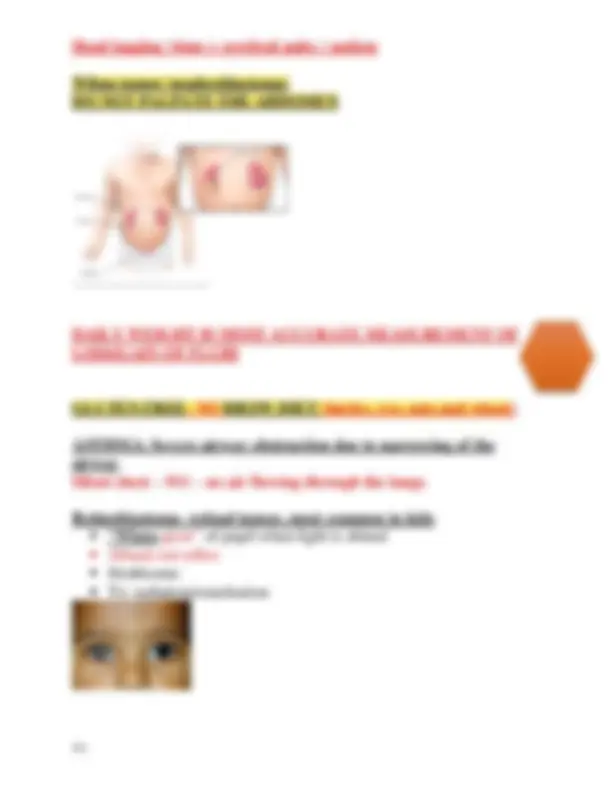
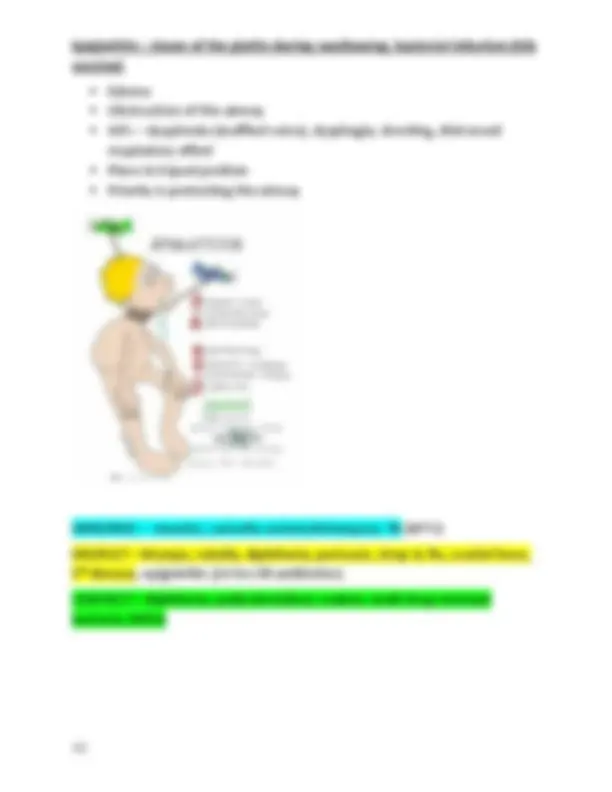
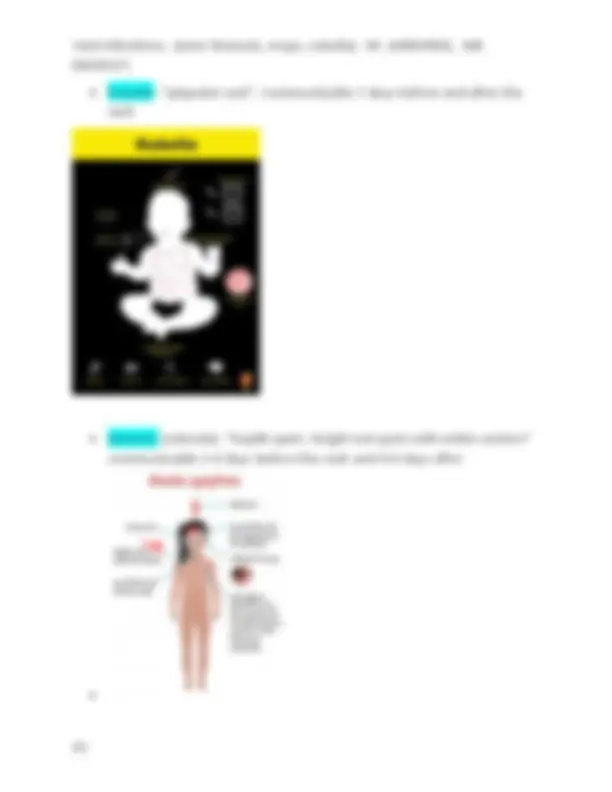
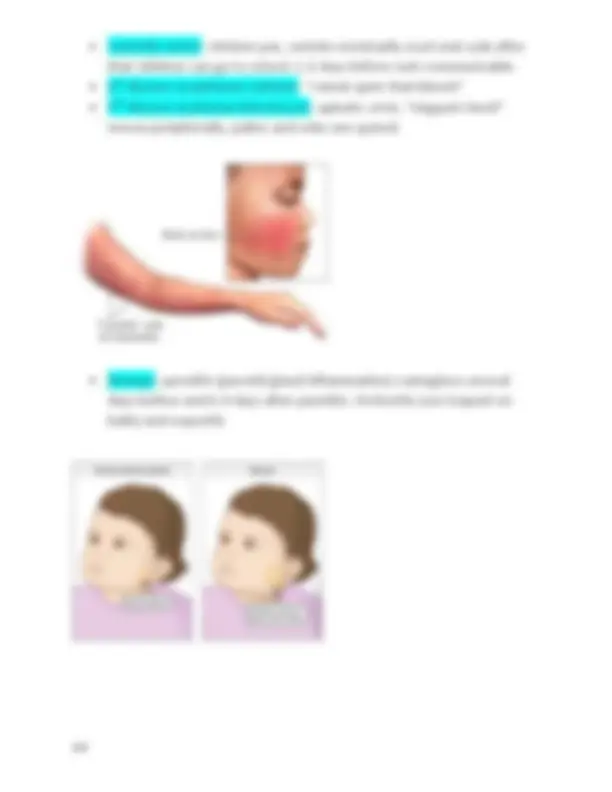
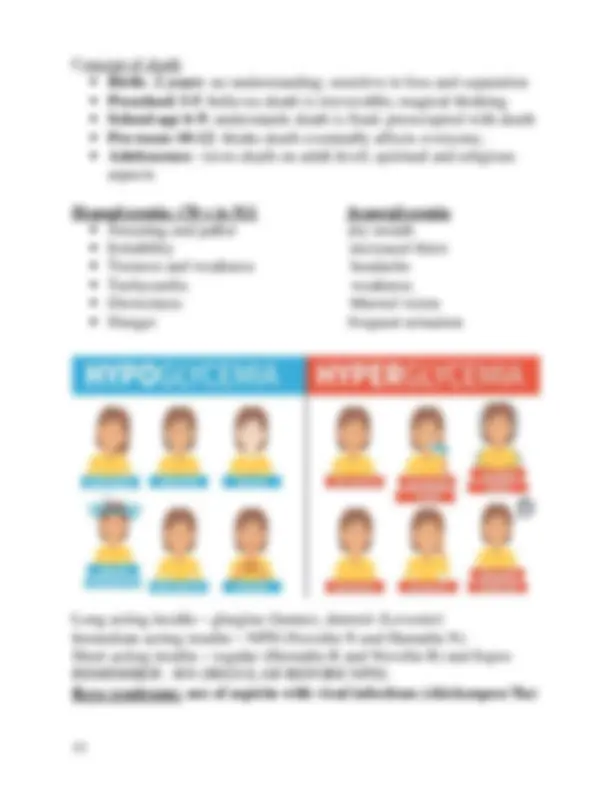
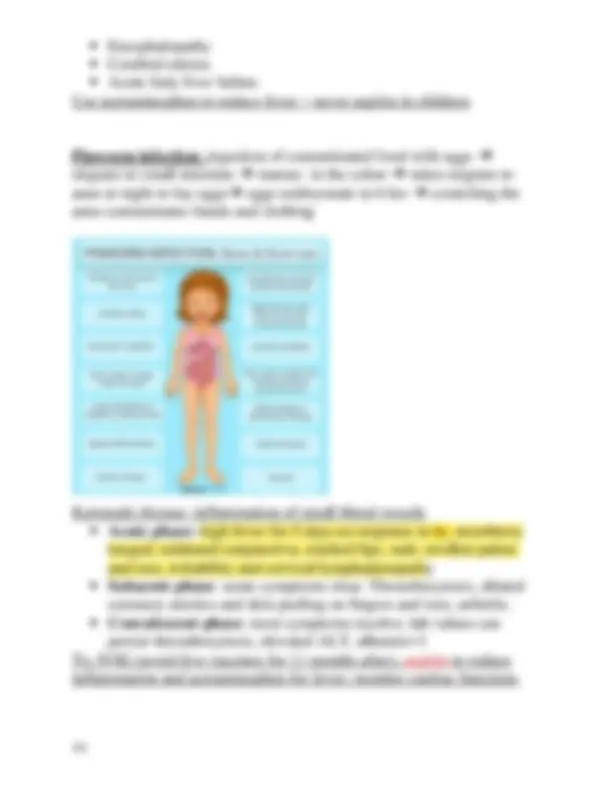
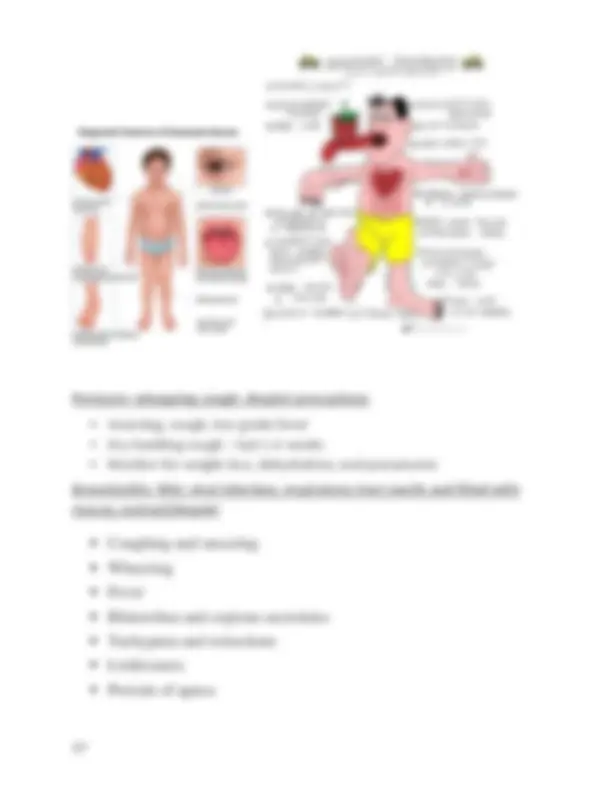
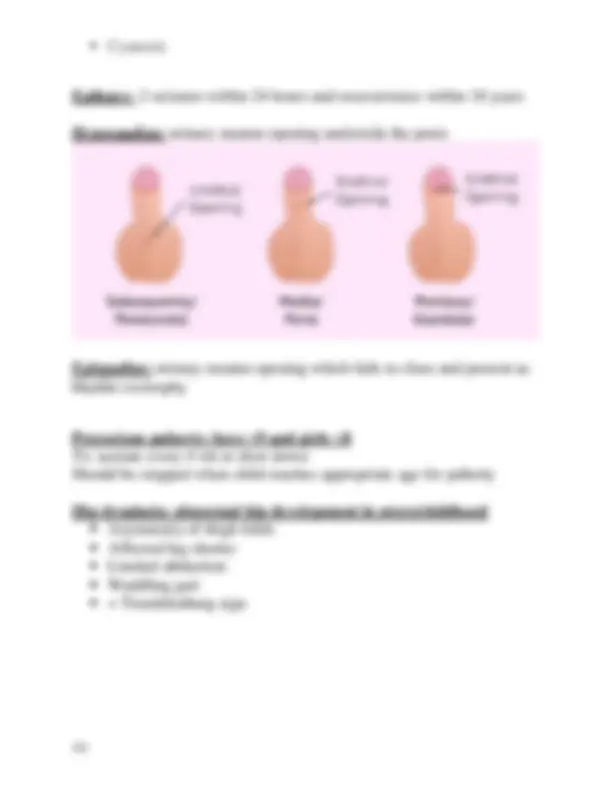
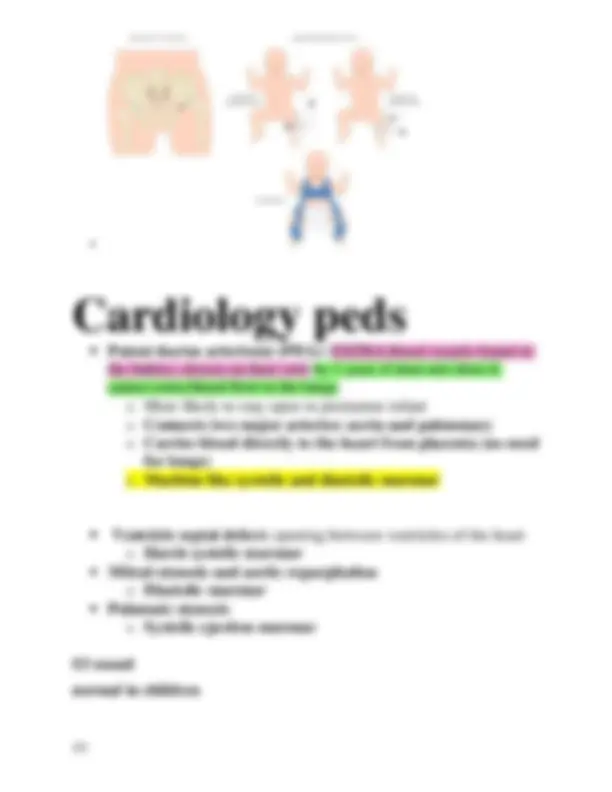
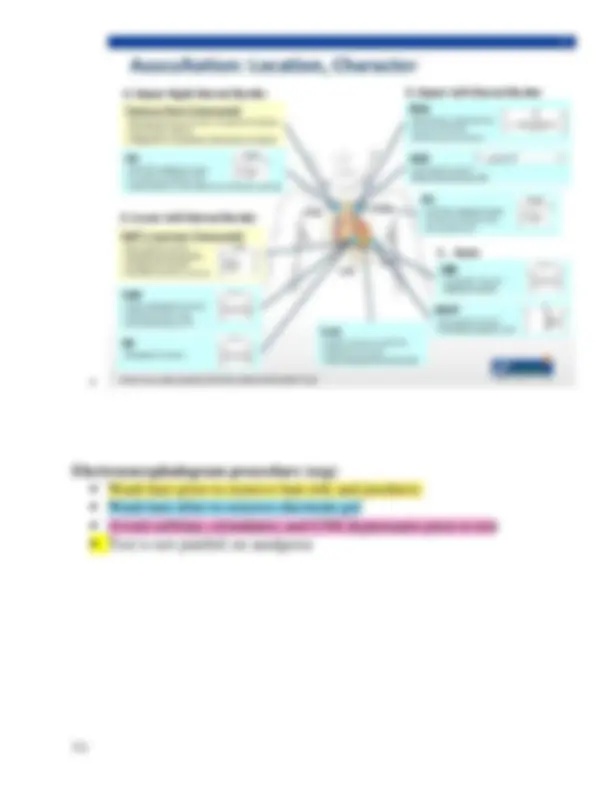
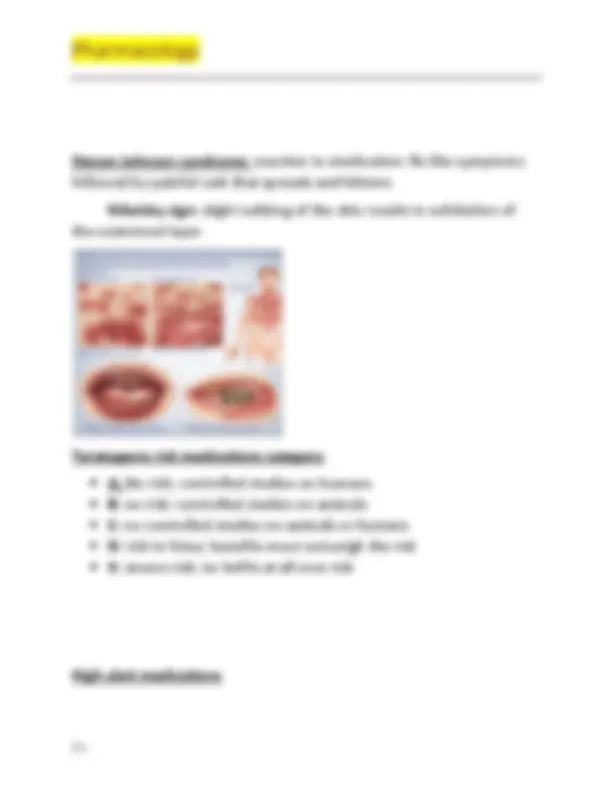
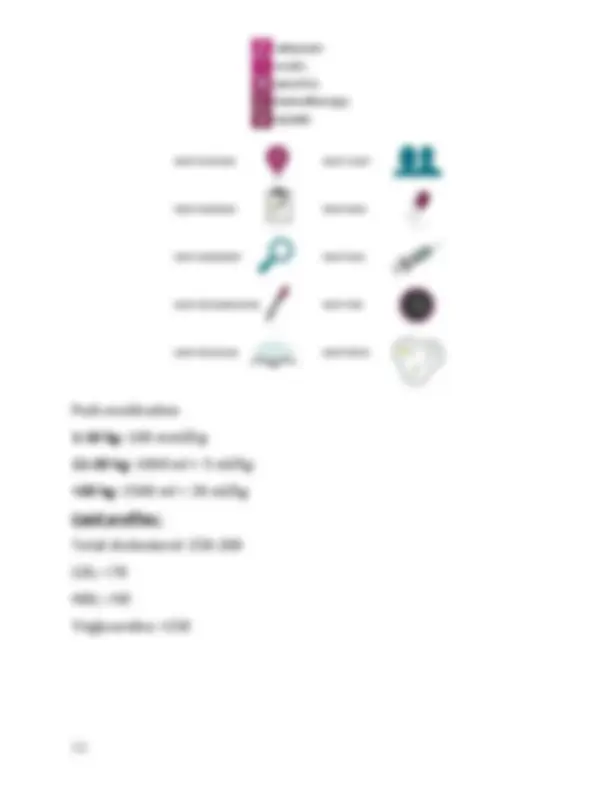
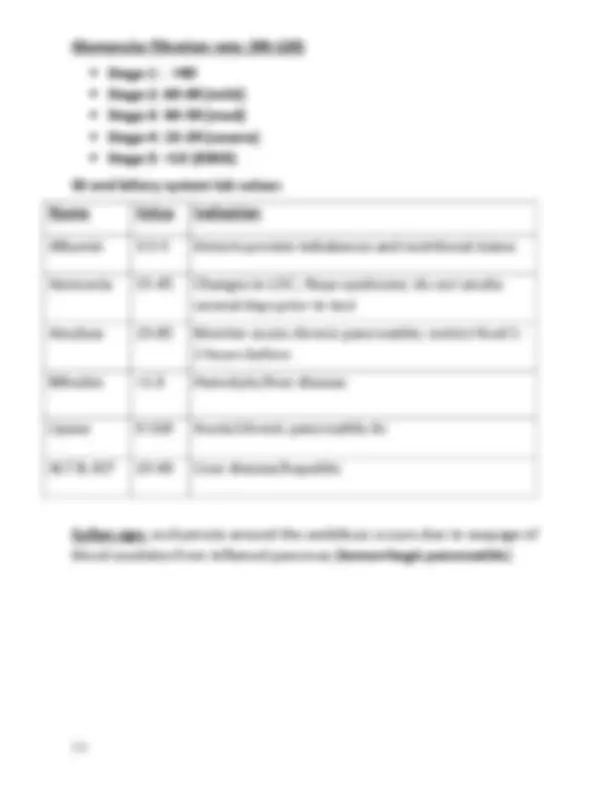
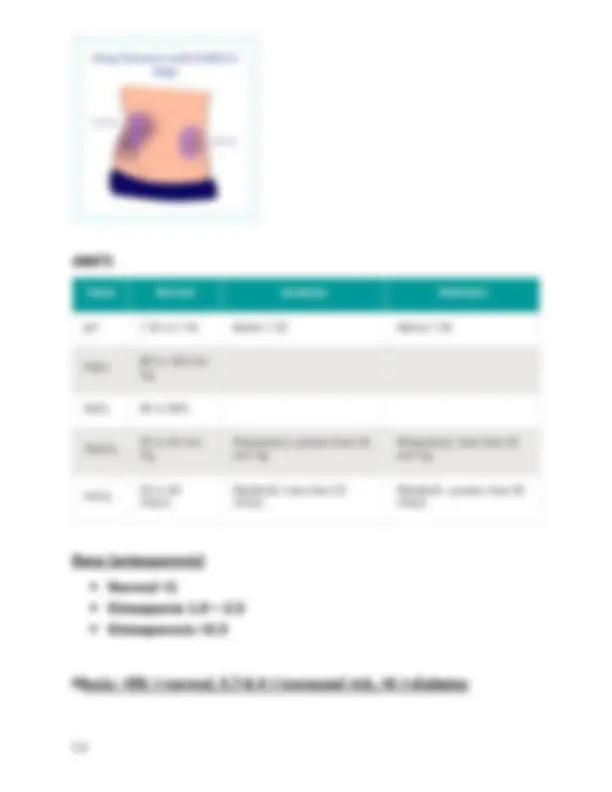
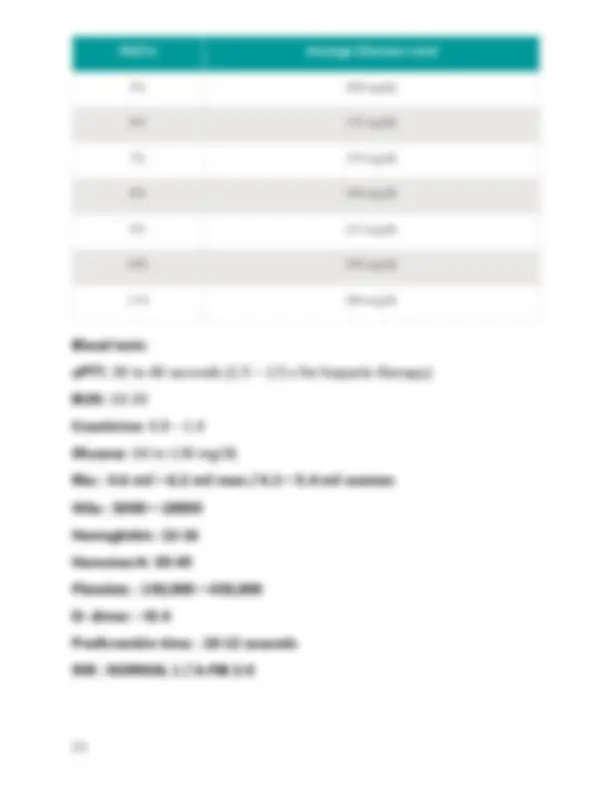

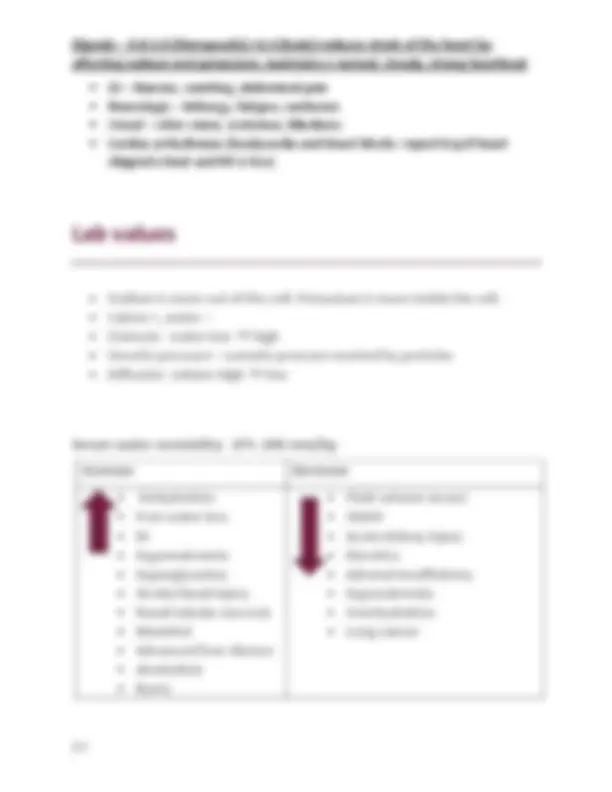
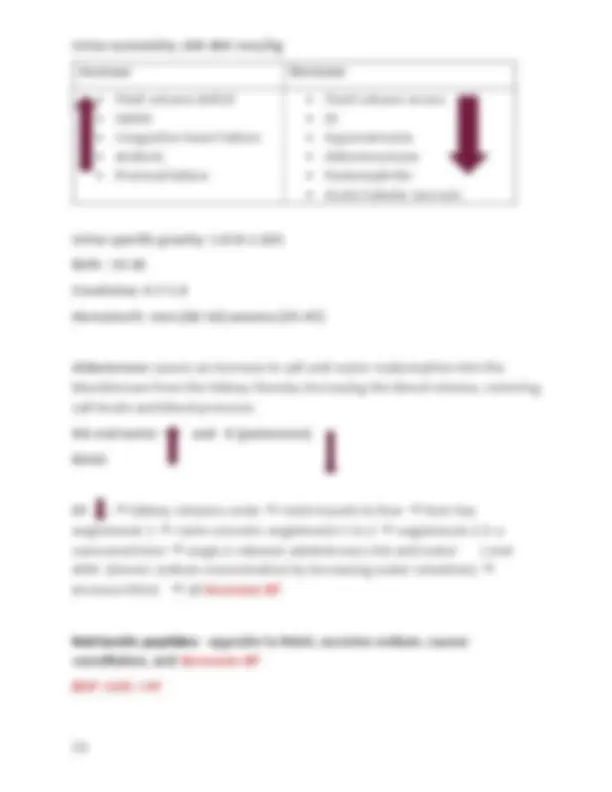
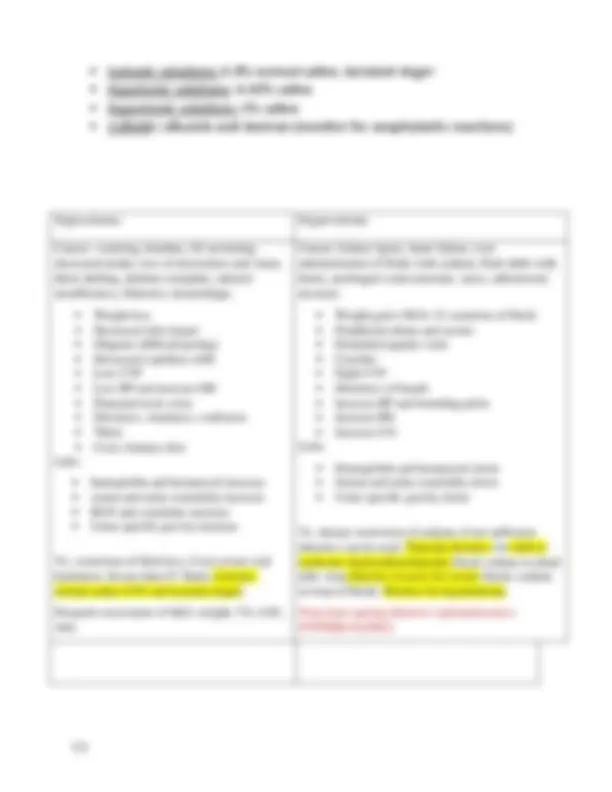
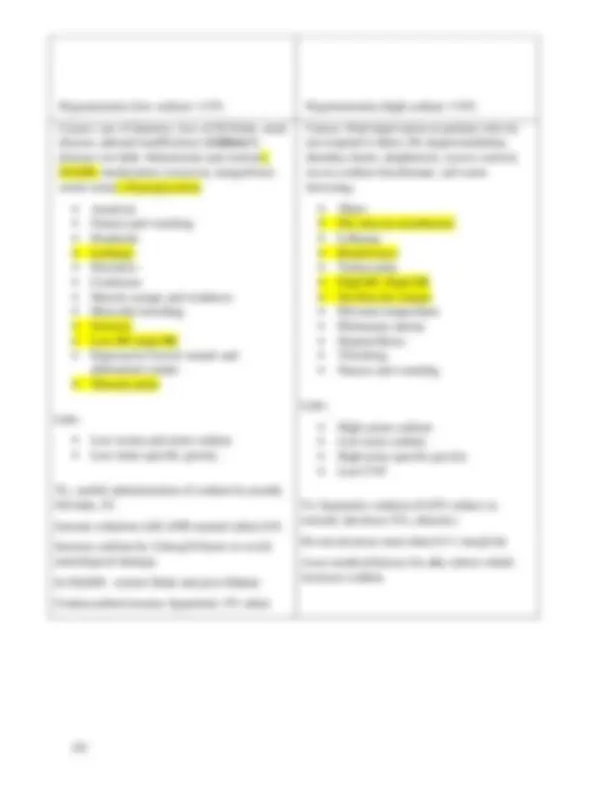
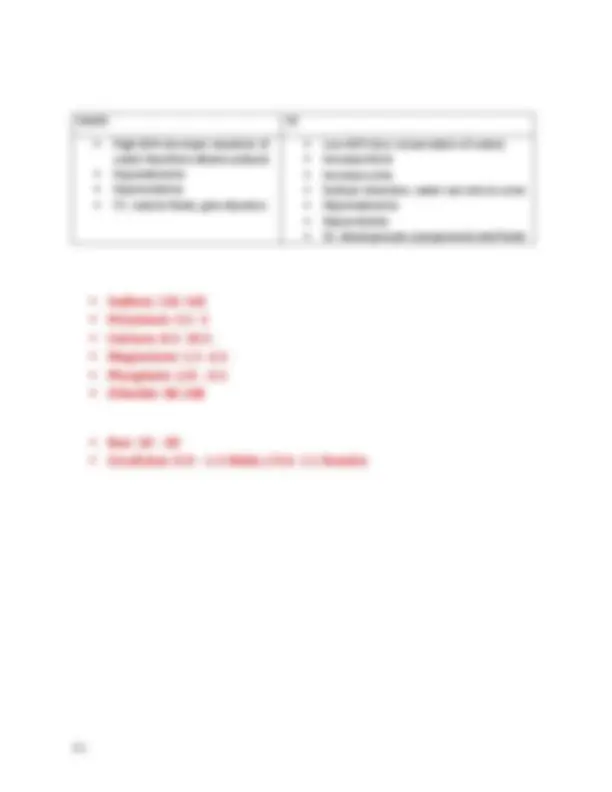
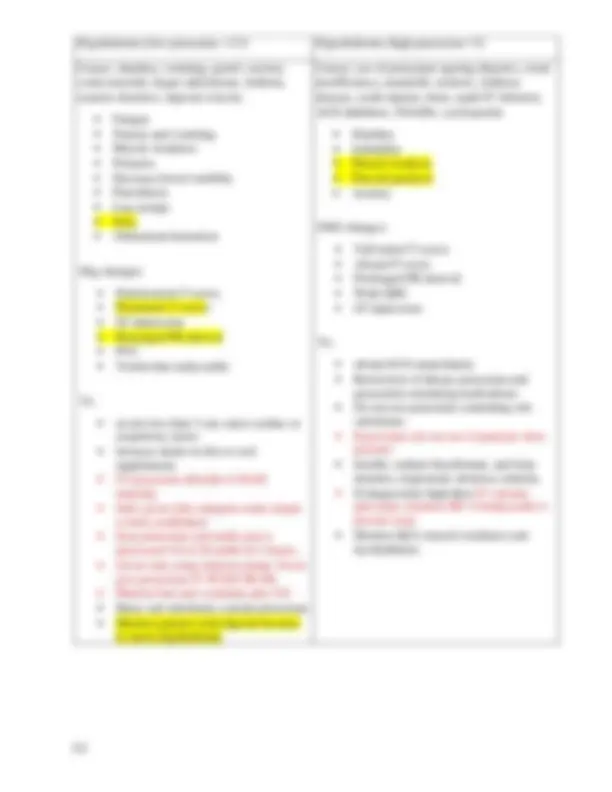
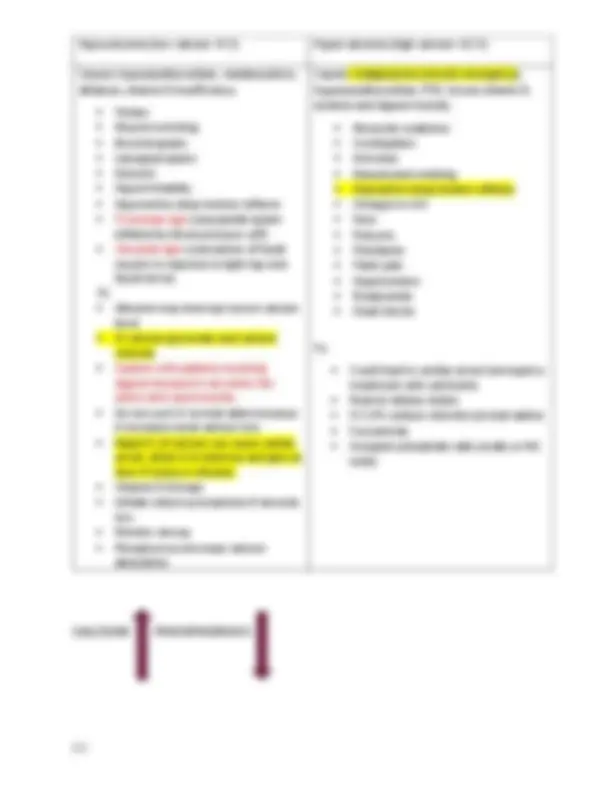
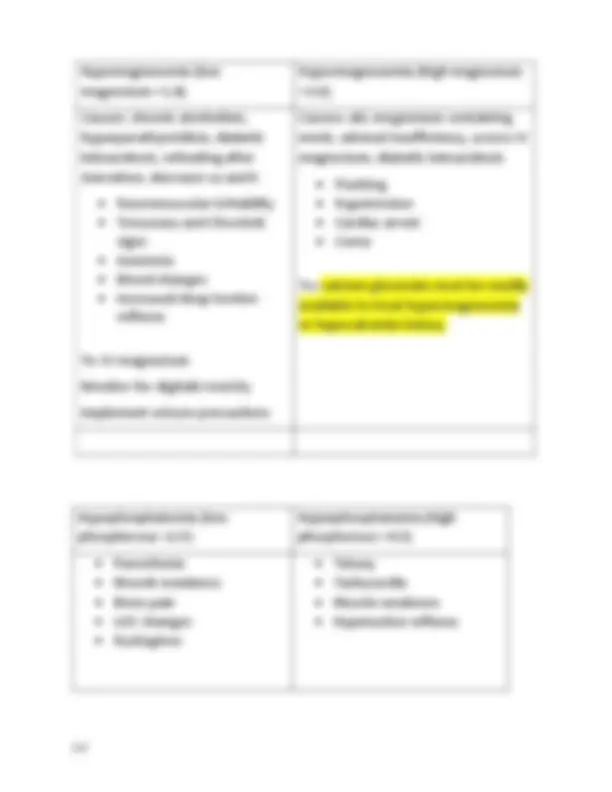
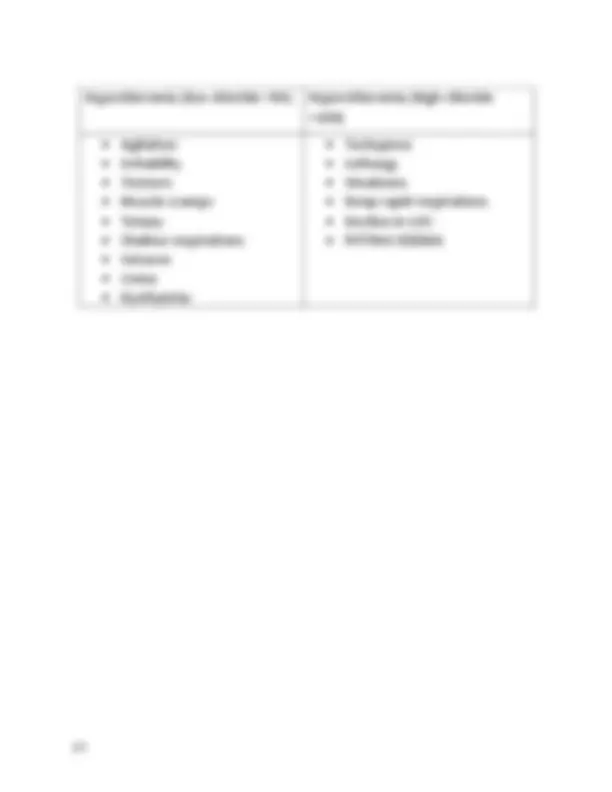
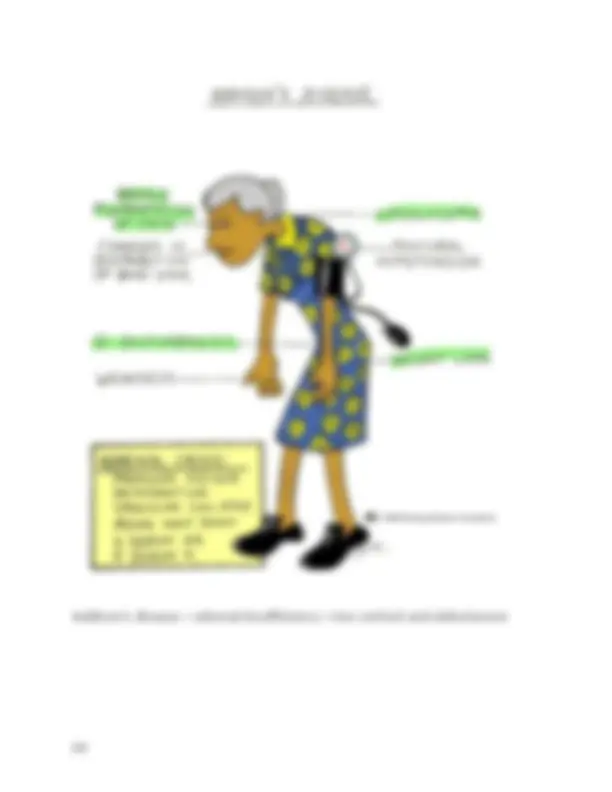
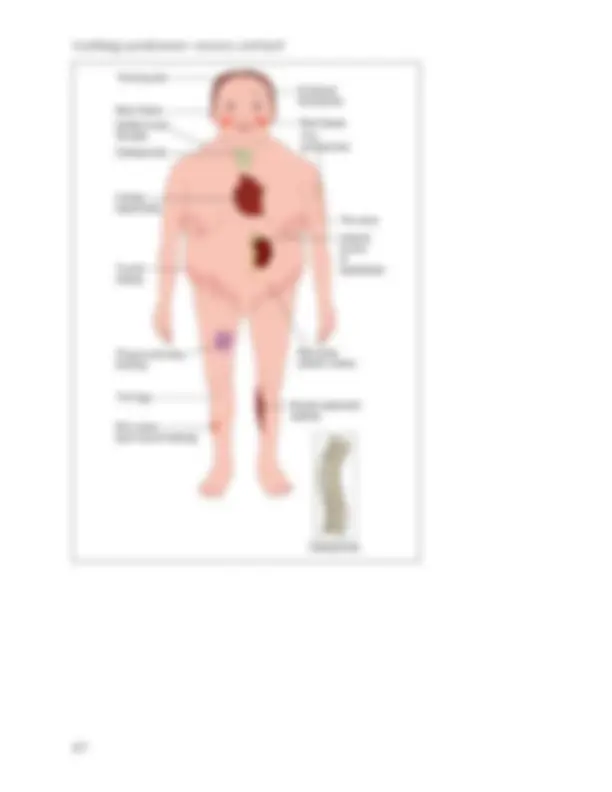
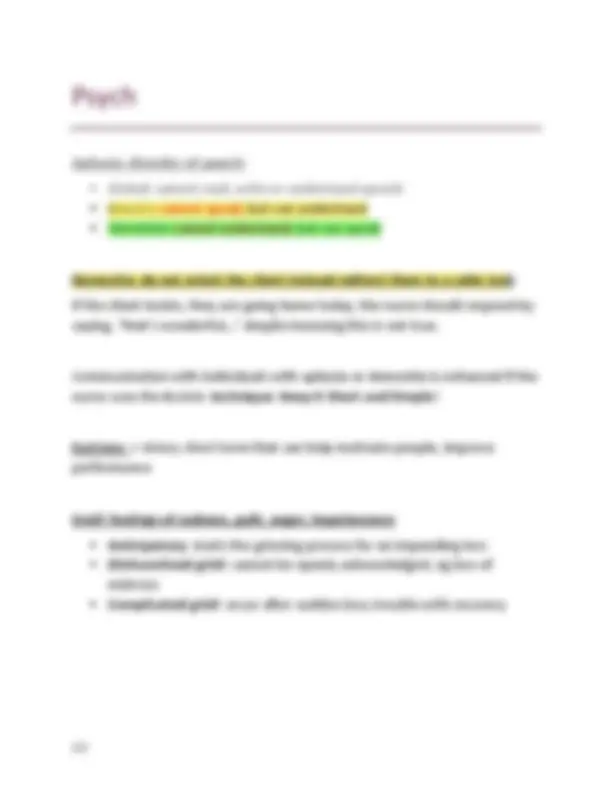
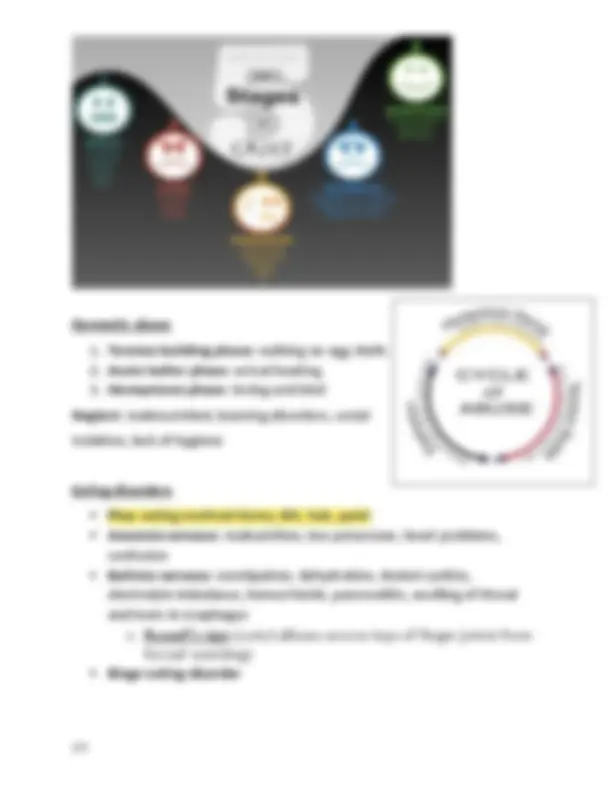
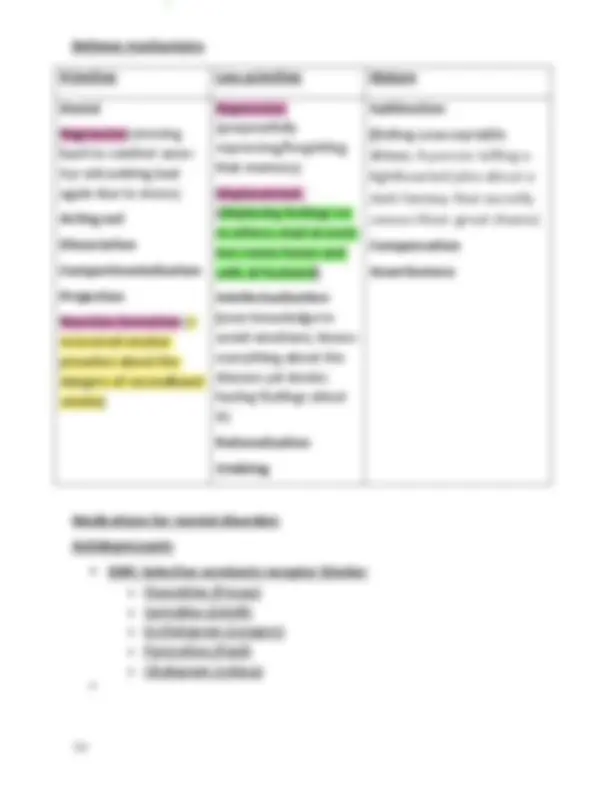
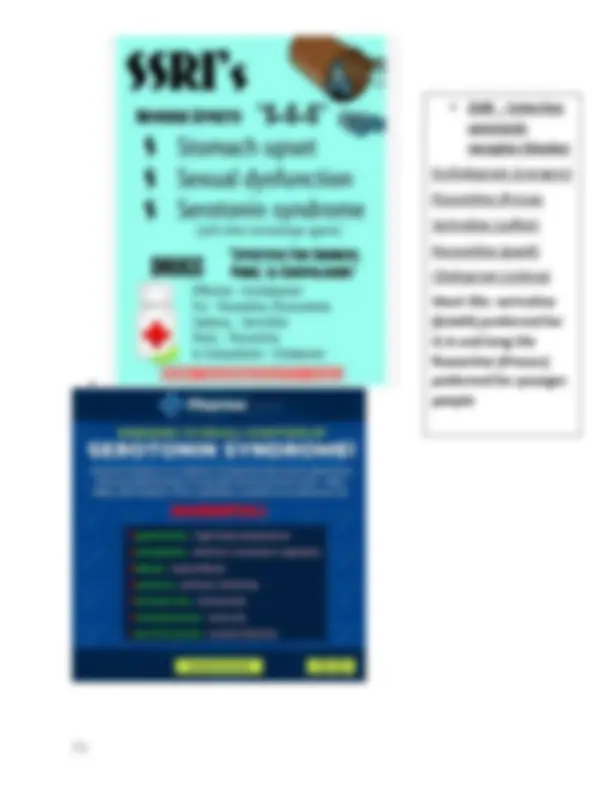
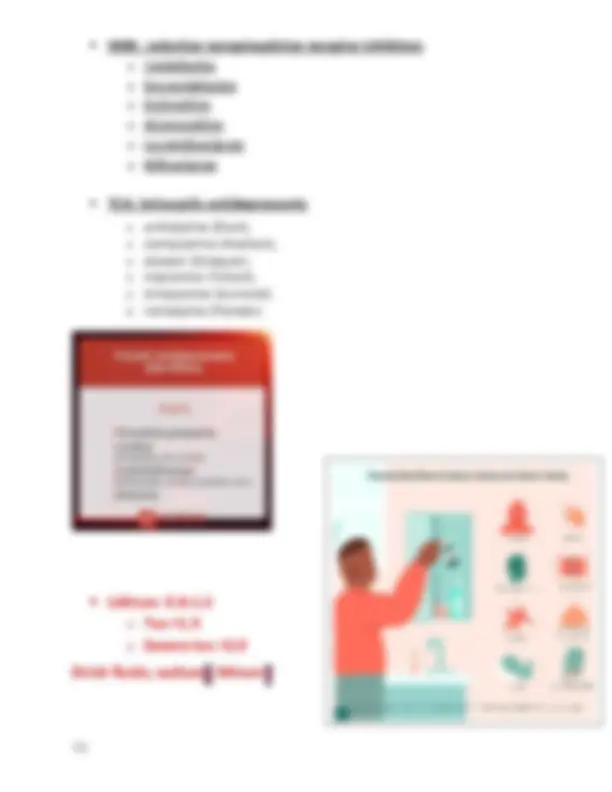
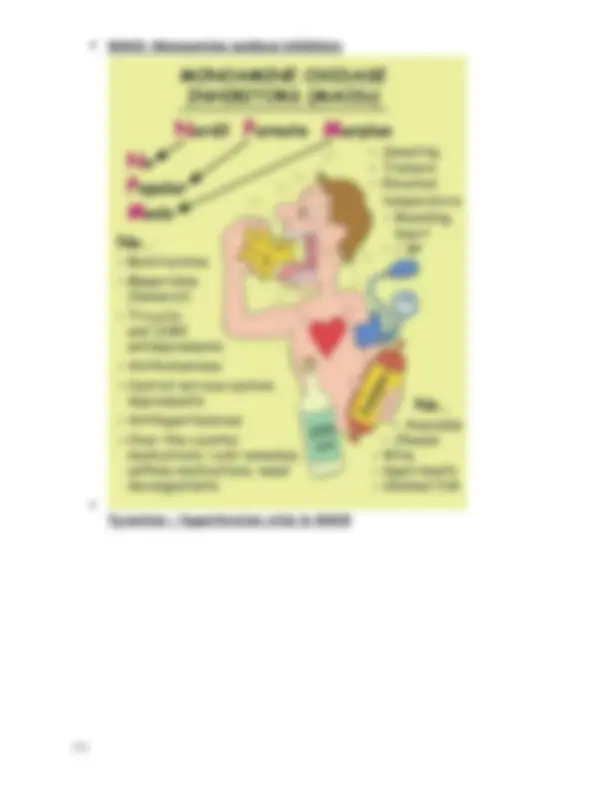
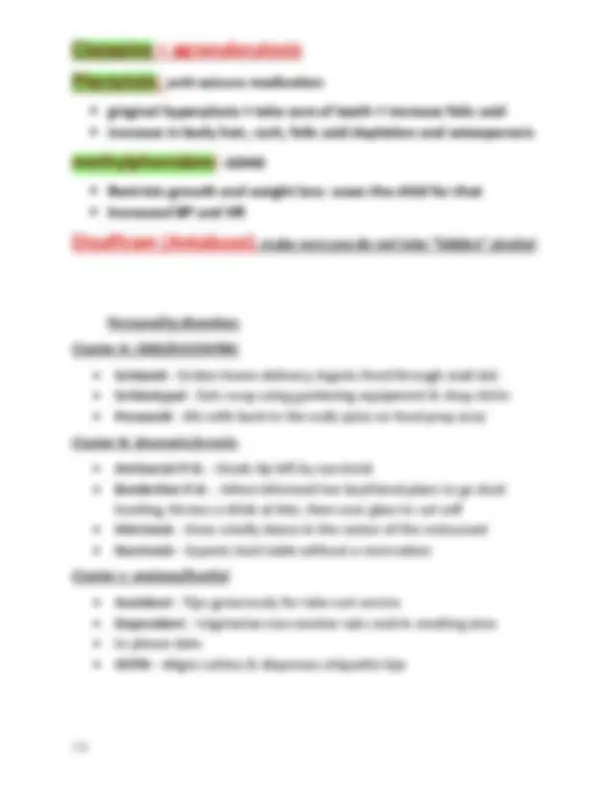
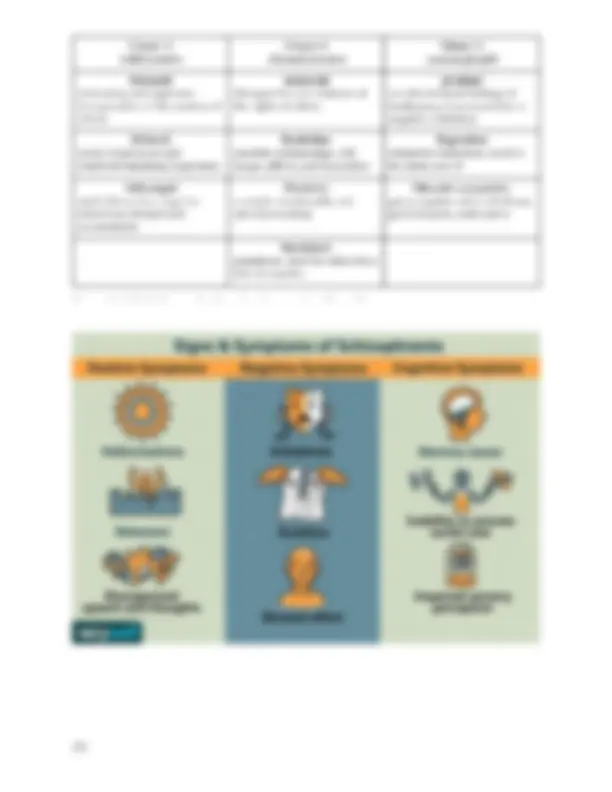
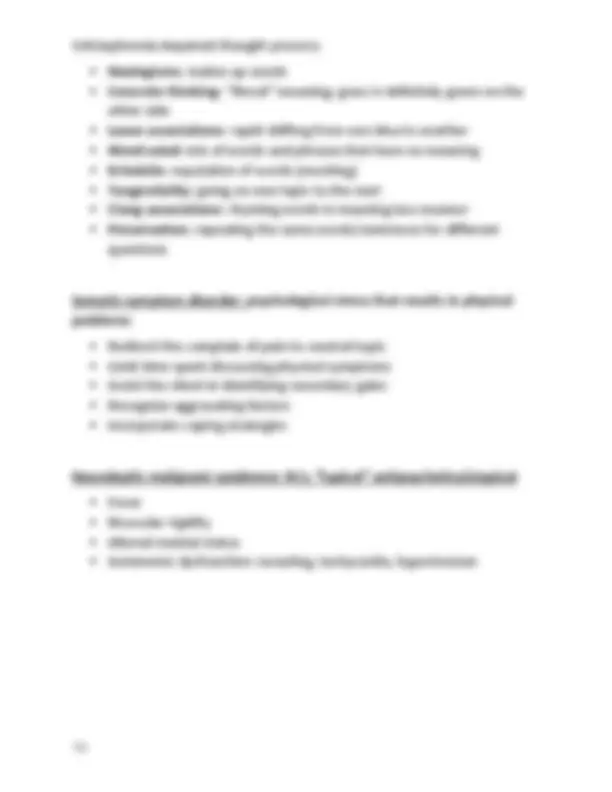
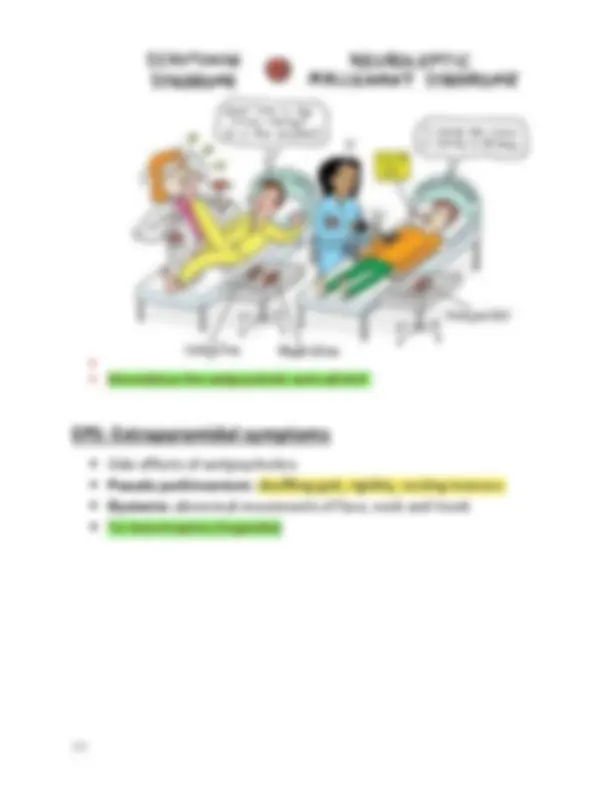
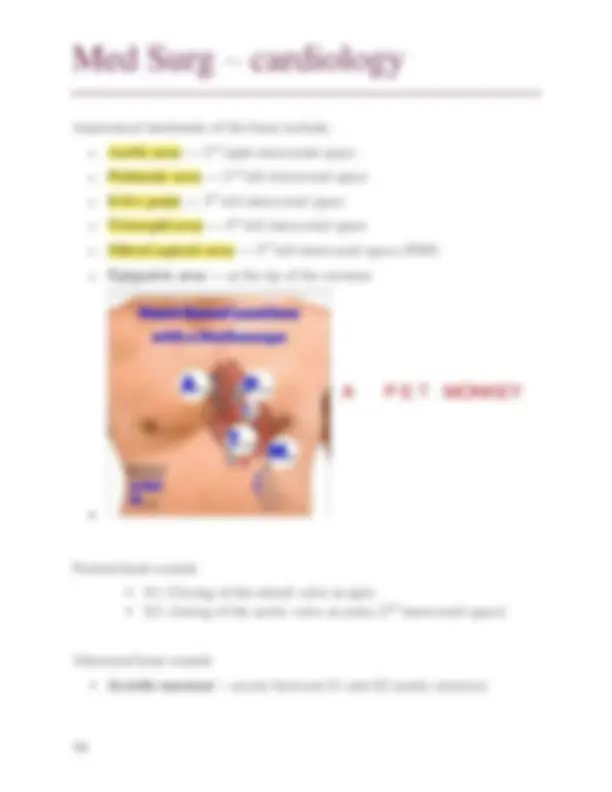
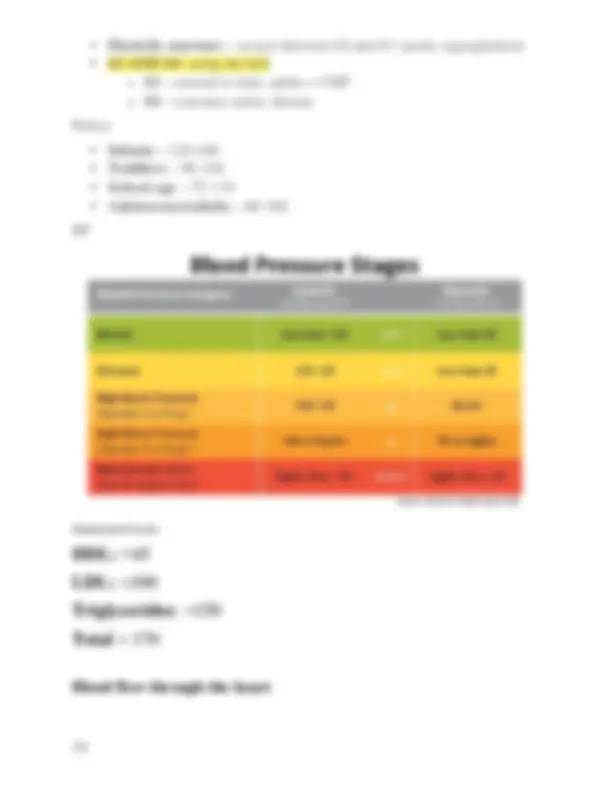
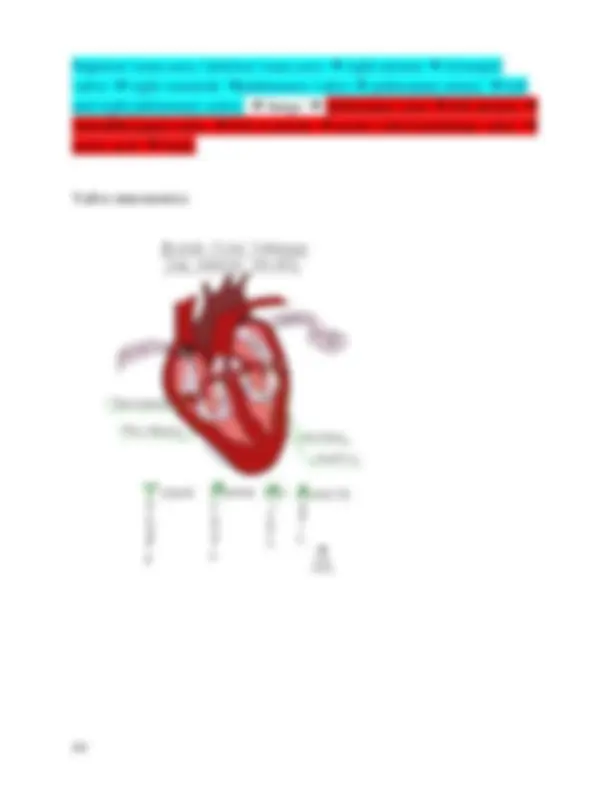
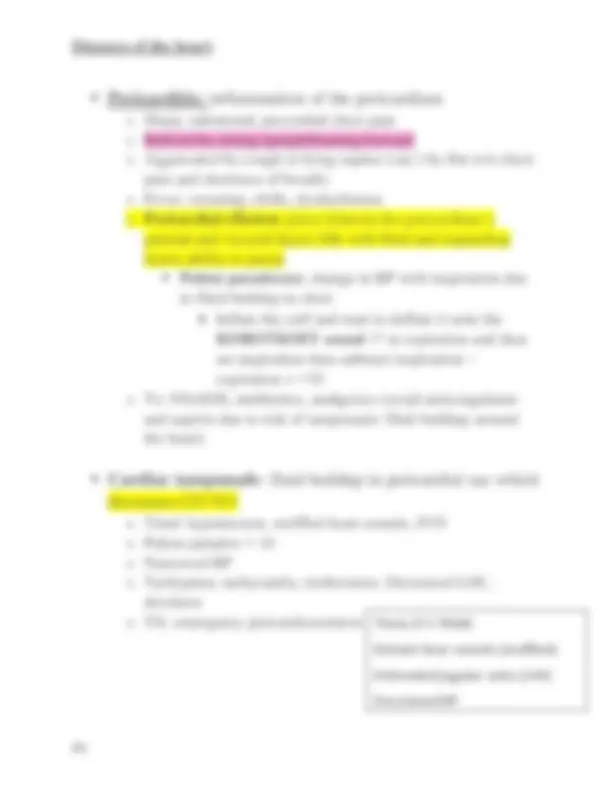
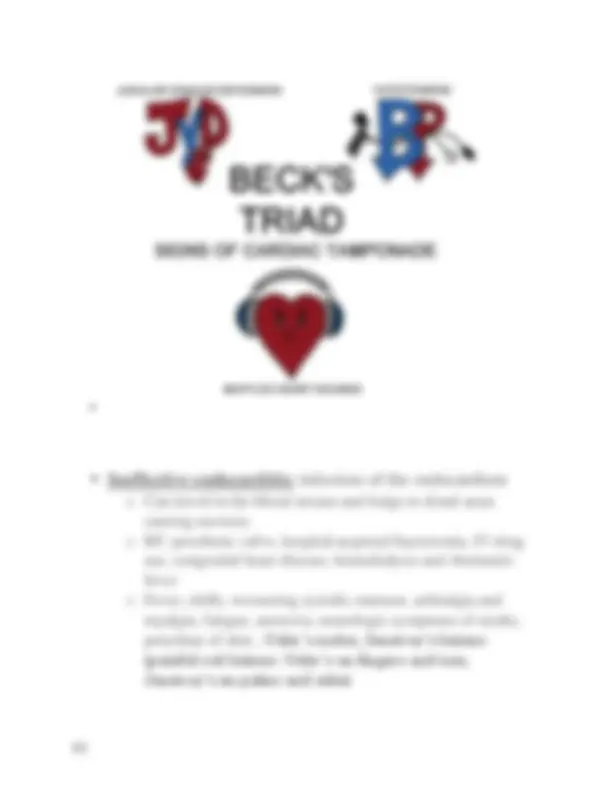
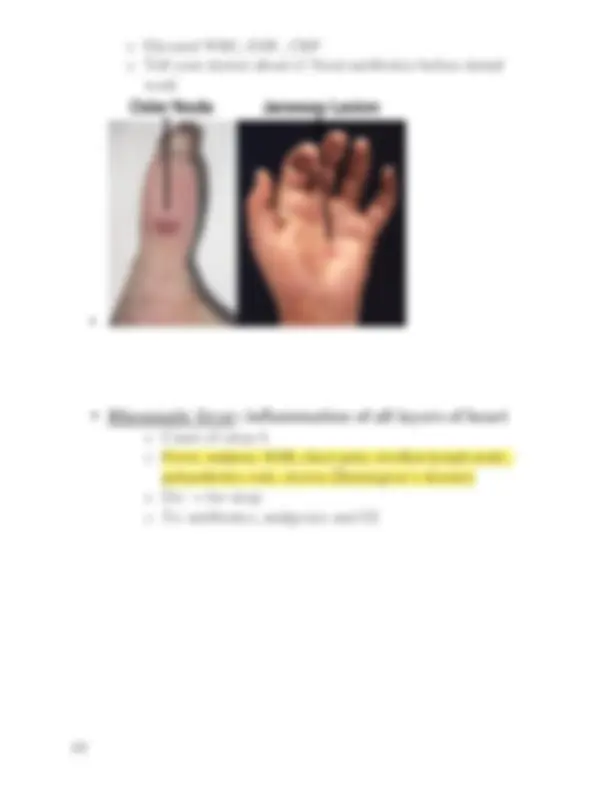
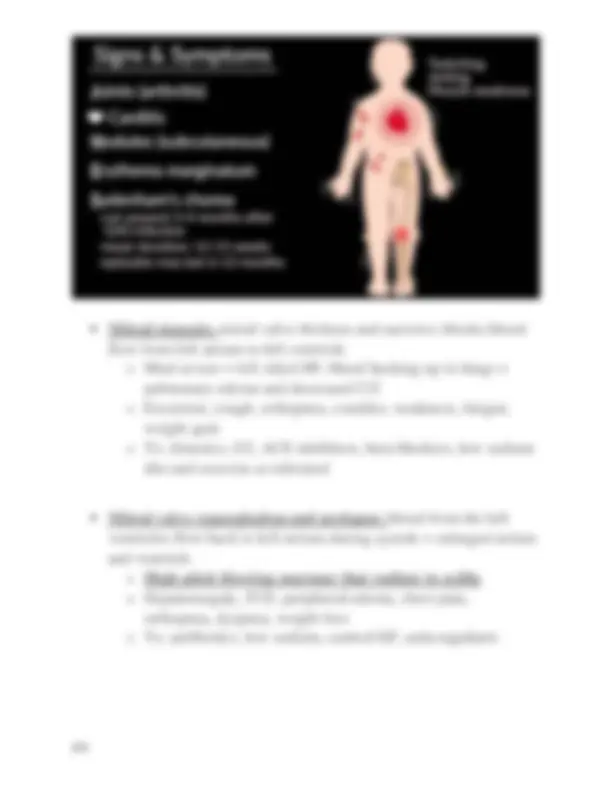
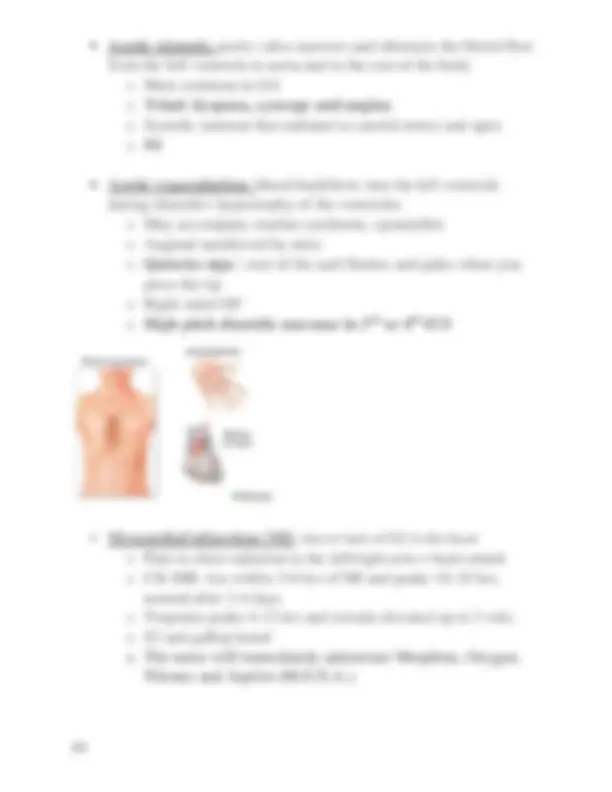
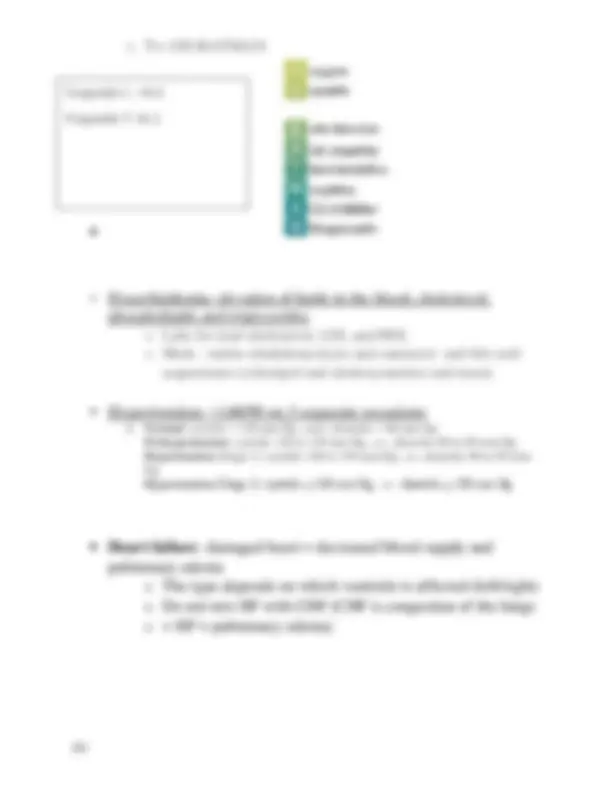
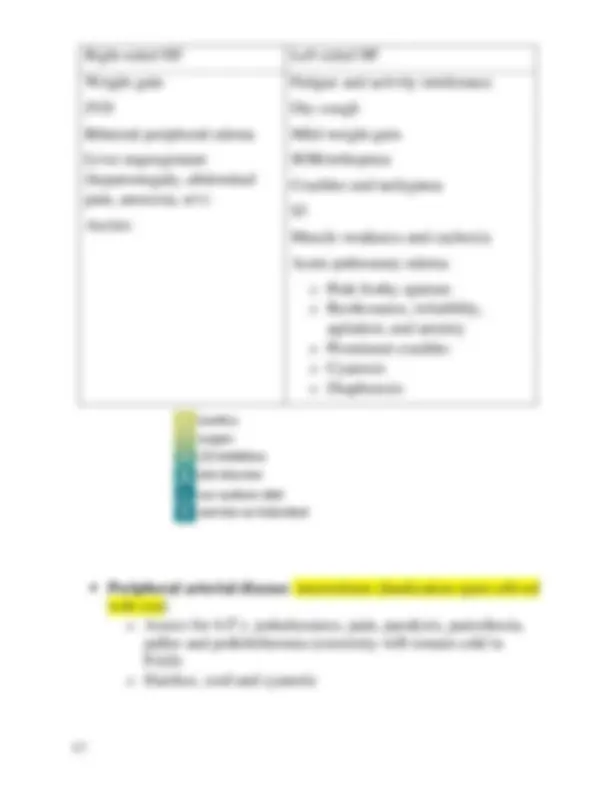
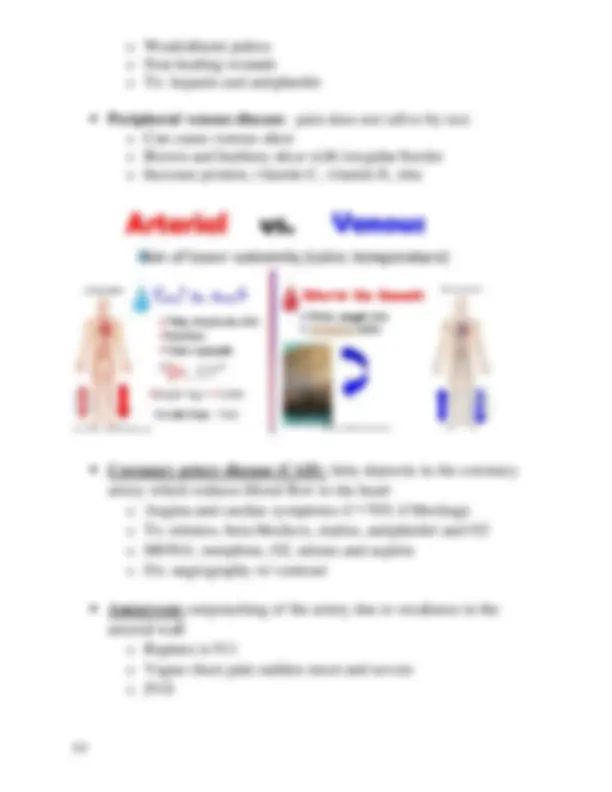
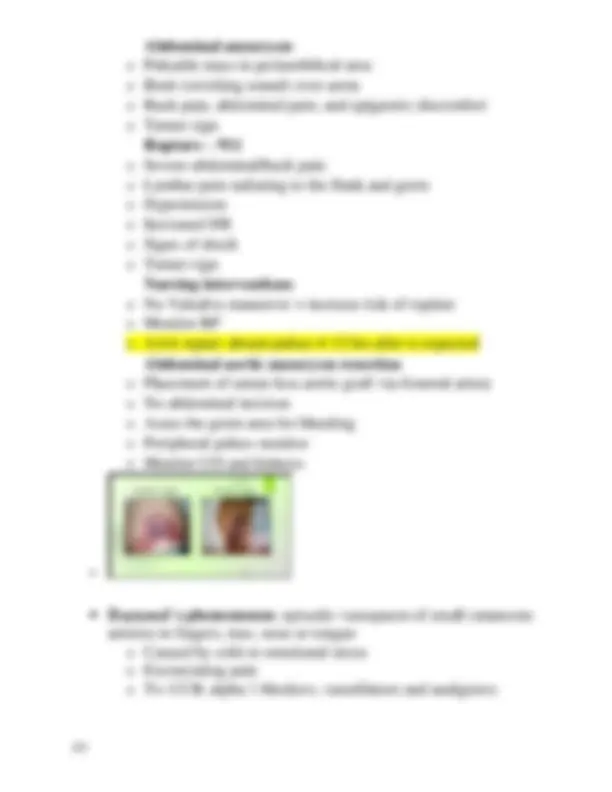
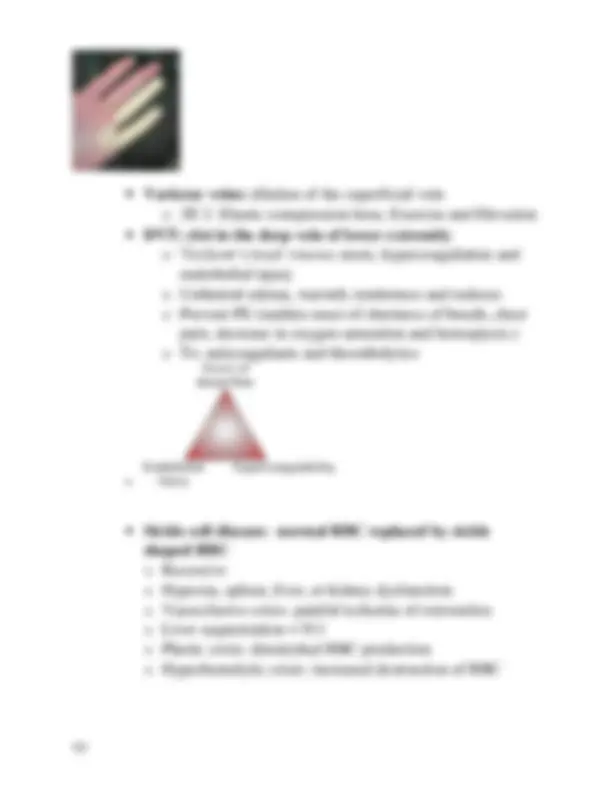
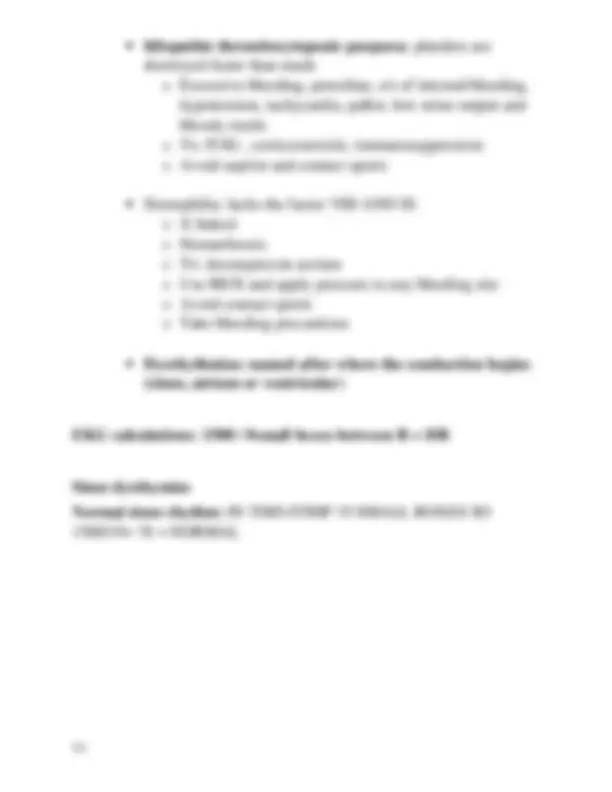
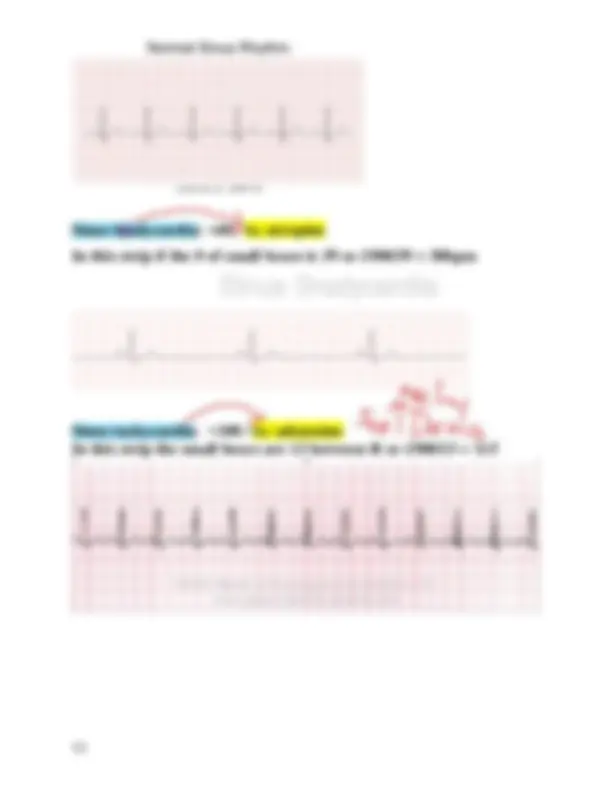
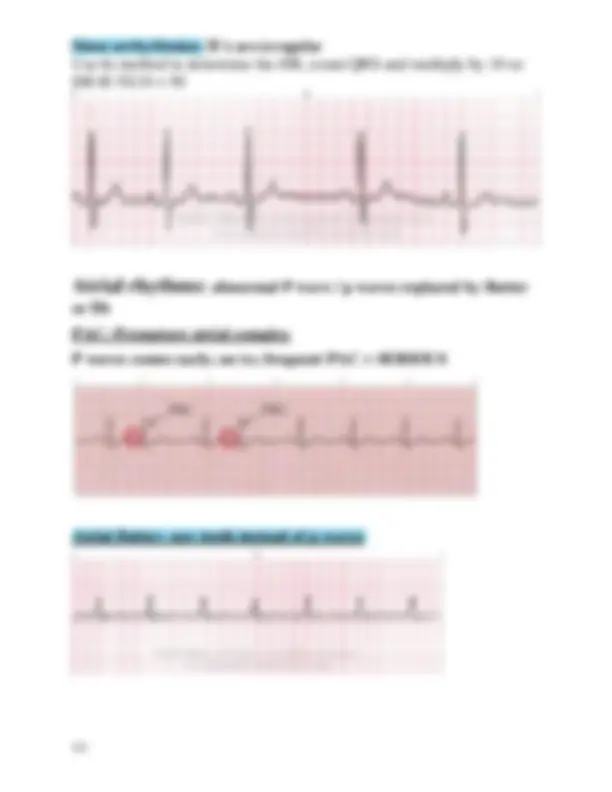
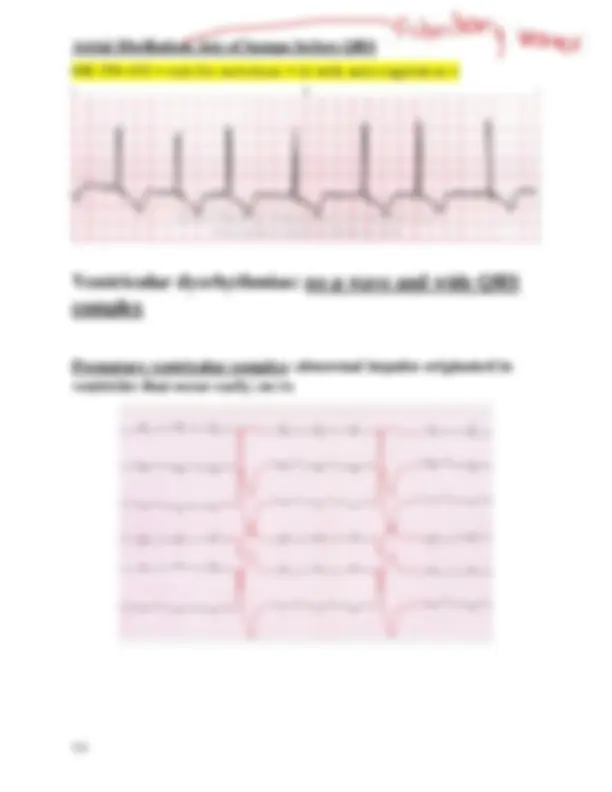
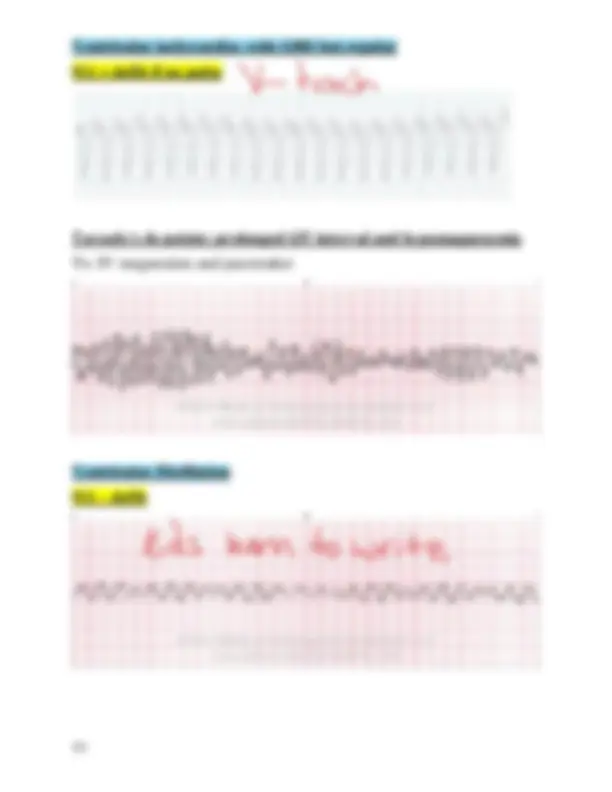
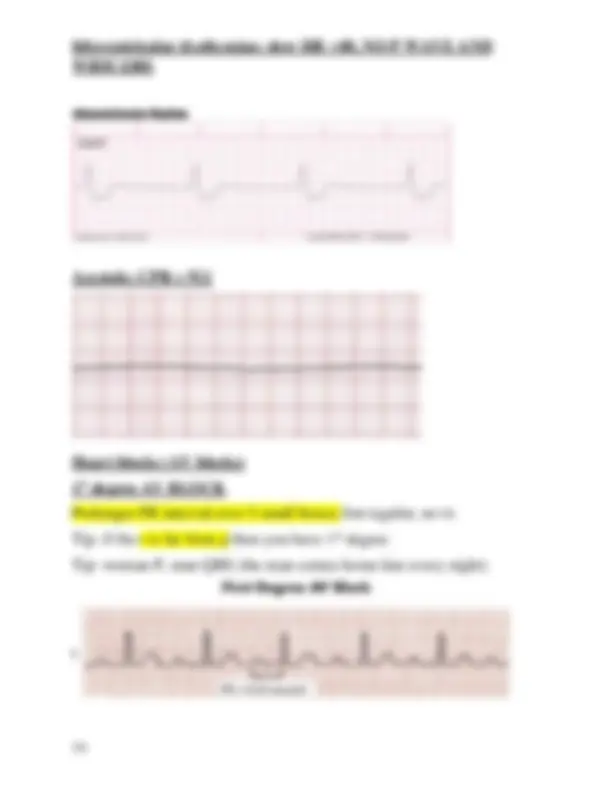
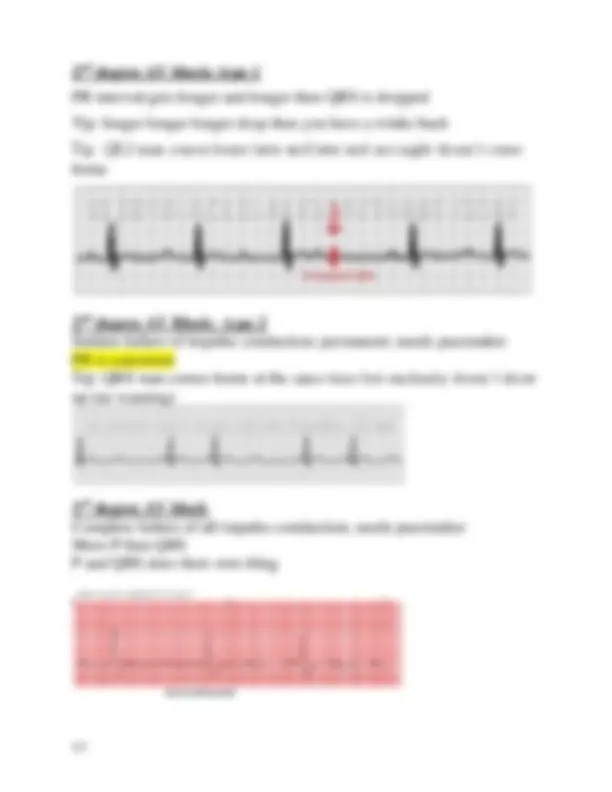
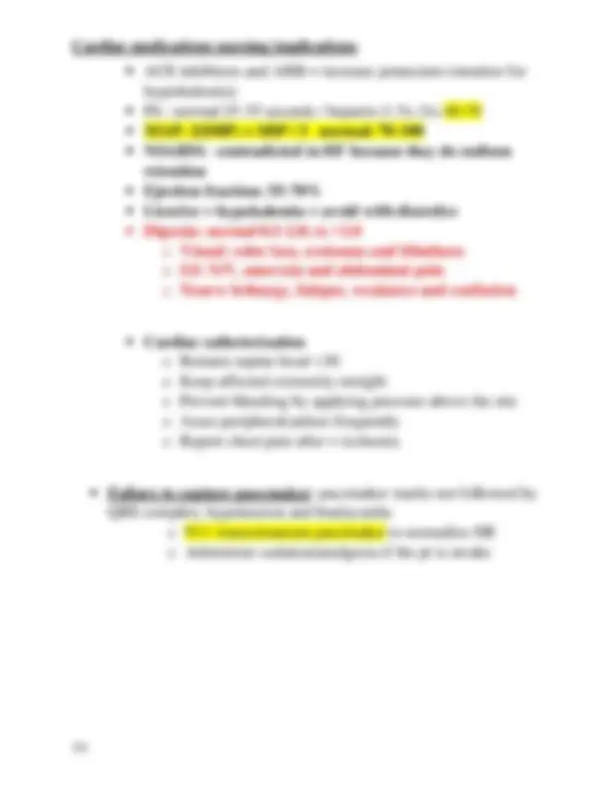
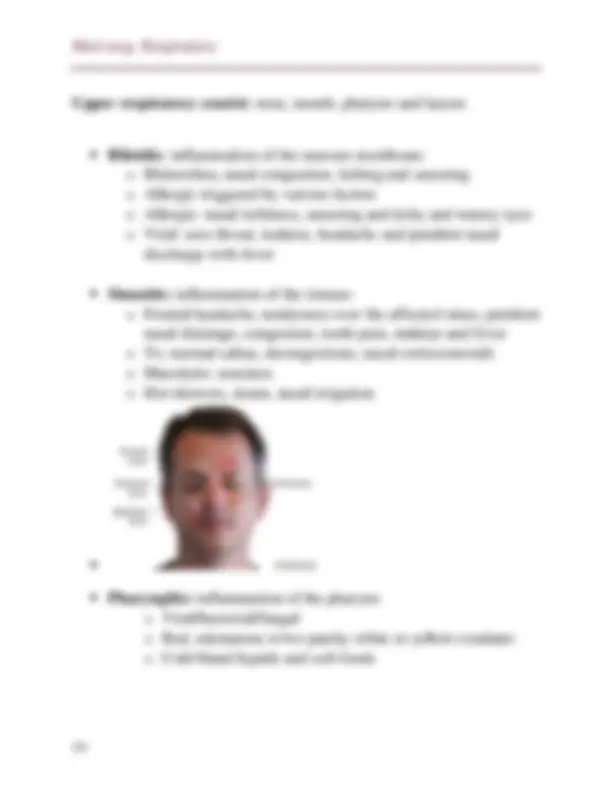
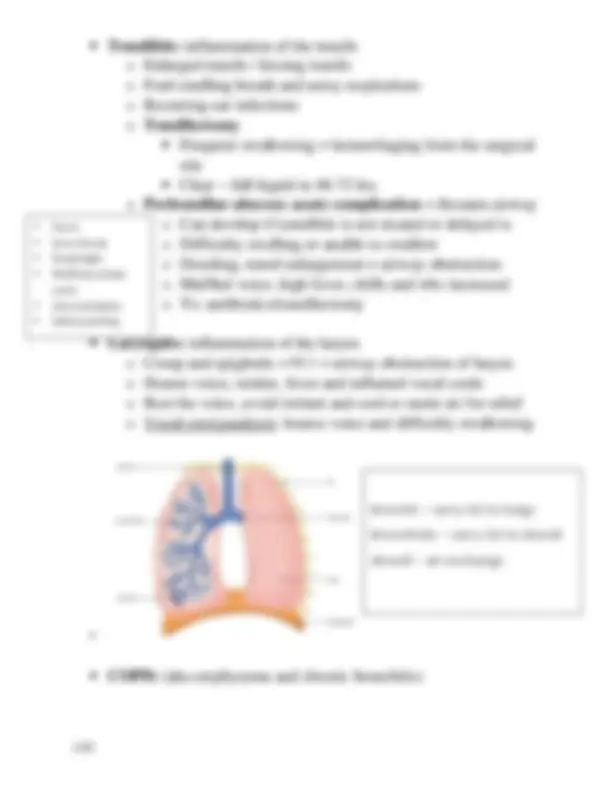


Study with the several resources on Docsity

Earn points by helping other students or get them with a premium plan


Prepare for your exams
Study with the several resources on Docsity

Earn points to download
Earn points by helping other students or get them with a premium plan
Community
Ask the community for help and clear up your study doubts
Discover the best universities in your country according to Docsity users
Free resources
Download our free guides on studying techniques, anxiety management strategies, and thesis advice from Docsity tutors
A wide range of nursing care topics and medical conditions, including sitting down instructions, pregnancy-related information, medication management, cardiovascular disorders, gastrointestinal issues, genitourinary system conditions, and endocrine disorders. It provides detailed descriptions of symptoms, diagnostic tests, and treatment approaches for various health issues. The document could be useful for nursing students or healthcare professionals seeking a comprehensive reference on common medical conditions and nursing interventions.
Typology: Study notes
1 / 166

This page cannot be seen from the preview
Don't miss anything!





























































































Tracheostomy: Inflated cuff = only for pts who are at risk for aspiration (if inflated when awake it makes it difficult to swallow or talk) Deflated = improving conditions and not at risk for aspiration, awake; before deflation ask them to cough to remove the secretions. Suction trachea tube mouth deflation Decrease the risk of aspiration Sit upright, chin flexed towards the chest Monitor wet/garbled sounding voice Monitor S&S of fever In alert and oriented = partially/fully deflate the cuff Suction Hand hygiene and don clean gloves Suction the oropharynx and perform oral care (perform before oxygen to prevent introduction of bacteria into lungs) The patient should be preoxygenated with 100% O2 before suctioning ( suctioning removes O2 and secretions) Using sterile technique insert the catheter w/o suction (catheter should <half of the width of trachea) Advance the catheter until resistance is felt, then withdraw 1 cm before suctioning Apply intermittent/ continuous suction while withdrawing catheter Suction pressure (100-200 mm/hg for adults; 50 - 75 mm/hg for children) Limit suction <10 s Wait 1-2 minutes between passes (encourage deep breathing) PPD/ TST: evaluate after 48-72 hrs (2-3 days) Tb + clients: wear surgical mask when out, nurses/hcp wear n
For airborne precautions: exit the negative pressure room 1st^ and then remove the mask and perform hand hygiene; everything except the mask must be removed in the room. Braden/Norton scale : risk of pressure ulcers Anterior lateral site (vastus lateralis) - IM FOR INFANTS <12 MO (22- 25 (5/8 - 1 INCH) MM NEEDLE) Do not use ventrogluteal <3yrs old Crutches Sitting down o Back up to the chair; until the unaffected side feels the chair o Move both crutches onto the affected side o With unaffected side hold the arm rest o Lower the body to chair Getting up o Move to the edge of the chair o Move both crutches to the affected side o Hold the arm rest with unaffected side o Get up o
Procedures and positions Paracentesis: removes ascites , solves abdomen distention ; void prior to procedure to avoid bladder puncture (head elevated fowler/ semi fowler; raise hand above the head: lying on beach) Liver biopsy (after): side lying RIGHT SIDE to apply pressure on the incision Lumbar puncture: (before) side with head, back and knees flexed; (after ) supine to reduce post lumbar headache. Air embolism: Trendelenburg and left side
Chest tube: arm raised above head; semi fowler Chest tube removal
Home oxygen safety tips Keep oxygen and supplies 6ft away from the sources of heat, flames and sparks. Do not allow smoking near the O2. Keep no smoking signs up No flammable materials with o2 use o Petroleum jelly (Vaseline) o Hair spray or aerosol o Rubbing alcohol o Hand sanitizer o Synthetic and wool fibers Seat at a nonsmoking area in the restaurant Keep fire extinguisher close by Test smoke detectors regularly Secure your oxygen tank in the vehicle so that it does not move around. Use water-based lubricants on your lips or nostrils. Do not use oil-based products like petroleum jelly. To prevent skin irritation on your cheeks or behind your ears, tuck some gauze under the tubing. Fall risk Using assistive devices (canes, crutches) Orthostasis Sedatives Antiparkinsonian meds Age > PICC LINE CARE (peripherally inserted catheter) Sterile dressing change every 48 hrs. with gauze dressing; 7 days with transparent semipermeable dressing (bio patch) Flush the line before and after medication Do not take BP/venipuncture on affected arm Stop medications (except vasopressors) before drawing blood Scrub the hub for 10-15 seconds before using
CVC catheter (central venous catheter) Flush with 10 ml syringe ; (<10 ml = more pressure= damage and >10 ml is too big) Use the “push pause” method to flush: slowly inject normal saline and stop for any resistance. Extravasation of IV Infiltration of the drug into the surrounding the vein, can cause tissue necrosis (norepinephrine usually causes it). S&S: pain, blanching, swelling and redness at the site Stop the infusion and disconnect IV tubing immediately Use a syringe to aspirate the drug from the IV catheter and remove IV catheter while aspirating Elevate the extremity above the LOH Notify the HCP ; AND obtain antidote prescription of phentolamine Orthostatic blood pressure changes: >20 systolic; >10 diastolic; >20 pulse call HCP Cellulitis o Inflammation of the subq tissues o Bacterial infection: strep A o Redness, edema, pain, fever o Elevate the extremity o Daily mark and date the reddened area o Standard precautions
Assisting the client with fall step behind client with feet apart move one-foot back; extend front leg let client slide lower client to the floor gastric residual volume check the PH to make sure the tube is in the right place >500 then risk for aspiration/ delayed gastric emptying Check every 4 hours with continuous feeding and before each feeding If it’s really high >500 ml then discard it ; if not return to the stomach. Fluids Isotonic (0.9% and LR) o Dehydration / extracellular deficits/ burns Hypotonic (0.45%) Hypertonic (0.3%) Cerebral swelling/ severe sodium deficit/ Kosher diet No pork, shellfish, fish without scales Meat and poultry WAIT 3-6 HOURS before eating dairy ORAL CONTRACEPTIVES Decreased risk of ovarian, colorectal and endometrial cancers Increase risk of breast cancer, depression and DVT
Levels of prevention Primary (1) Secondary (2) Tertiary (3) Education Vaccines Protective measures: helmet, seatbelts, Sunscreen Exercise Avoid smoking Screen for diseases Identify modifiable/non modifiable risk factors Quit smoking Safer sex Healthy diet Restoration and rehabilitation Optimal level of functioning Lifestyle changes following the disease
Abstinence is the ONLY 100% way to prevent pregnancy Contraceptives Diaphragm o Needs to be fitted again if gain or loss of 10lbs o Pregnancy and pelvic surgery requires re fitting too Medroxyprogesterone acetate (Depo-Provera) o 3 - month injection Cervical caps; sponges; IUD = increase risk of pelvic infection Vaginal rings (nuva rings) o Requires times for hormone absorption o Use other methods of contraception for 7 days after insertion o If rings displaced, rinse and place back into the vagina within 3 hours otherwise use backup contraception for 1 week
Miscarriage <20 weeks Still birth >20 weeks Gravid: # of times pregnant Parity: # of times given birth Maternal glucose test >120-140 after 1 hour = abnormal Hemoglobin <11 and hematocrit <33 is low in pregnancy The nurse will document the preference of delivery/birth in mother’s medical record Call hcp: vaginal bleeding, abdominal pain, cramping, severe or prolonged vomiting and persistent elevated temperature > Negele’s rule: LMP + 9 MONTHS + 7 DAYS = DAY OF DELIEVRY
Testings: Amniocentesis: sample of amniotic fluid at 15 - 18 weeks Alpha-fetoprotein (AFP): screening for congenital malformations, neural tube defects and chromosomal abnormalities at 16 - 18 weeks Oral glucose tolerance test: 24 - 28 weeks o 1 hour: <140 / if more than requires 2- 3 - hour test o 2 - 3 hour requires fasting/ hourly blood samples o Incompatibility rh: if baby is + and mother is – Quickening - 18 - 20 weeks Fetal heart rate - 12 - 14 weeks Fetal test Non stress test: 23 - 24 weeks or more; electronic fetal monitor placed on the abdomen for 20-30 mins; the mother presses the button each time the fetus moves and we should see the FHR increase 15 for 15 seconds. Labor : onset of rhythmic contractions and relaxations which results in effacement and dilation of the cervix
Breech presentations: frank, complete, knee, footling, shoulder, compound. Position of the fetus o Determined by right/left, presenting part, and how the presenting part faces the pelvis LOA (left occiput anterior ): fetal occiput (back of the head) is on the left side of the maternal pelvis toward the front and the fetal face is toward the rear of the pelvis ROA (right occiput anterior ): fetal occiput is on the right side of the maternal pelvis toward the front and the fetal face is toward the rear of the pelvis LOP (left occiput posterior ): fetal occiput is on the left side of the maternal pelvis toward the rear and the fetal face is toward the front of the pelvis ROP (right occiput posterior): fetal occiput is on the right side of the maternal pelvis toward the rear and the fetal face is toward the front of the pelvis
Size: head is the largest part of the fetal body Passage: bony pelvis, cervix and vagina Powers: force of contractions (primary: frequency and duration of contractions; secondary: diaphragmatic and abdominal muscles use when bearing down) Placenta: site and covers which part Psychosocial: state of the mothers Bishop score: <4 = not favorable cervix 5 - 8 = intermediate >9 = favorable/ ready to deliver
Breastfeeding: warm compresses to stimulate breast milk and cold compresses to suppress milk production. Breast engorged = warm packs and continue breastfeeding / if not breastfeeding then ice packs and well-fitting bra Perineum: cool sitz bath/ ice to the area Menstruation: will resume 6-8 weeks Abruptio placenta: placenta is detached from the uterine wall (911) Placenta previa: placenta implanted at the lower uterine wall and blocks the passage. Phases of postpartum Taking in phase: 24- 48 hours: more dependent on other people to take care of the baby; nursing focus on anticipating the client’s needs Taking hold: 2 - 10 days: the mother learns technical skills of mothering; nursing focus on teaching and providing learning opportunities and reinforcement Letting go – after 10 days: mother is comfortable of the new role; nursing focus on follow up care. The fundus moves downwards 1-2 cm per day until about day 10 or when it’s no longer palpable. Medications for OB o Oxytocin – stimulates contraction/ let down reflex o Prolactin – stimulates milk production when nipples are stimulated o Estrogen – drops after birth; lowest in the 1st^ week o Progesterone- drops at birth; undetectable 72 hours Stiches: C-section (provider will remove after 1-2 weeks); episiotomy (dissolves in 1-3 week) Maternal complications that should be reported: o Temp <100. o Continued/worsening mood swings or depression o Elimination problem: burning, frequency and urgency/ prolonged constipation.
o Increase in lochia, clots or foul odor o Calf tenderness/swelling = DVT Normal labor – intermittent pain with contractions, small blood tinged mucus “bloody show” Placental abruption – sudden onset vaginal bleeding, dark red vaginal bleeding abdominal pain, hypertonic/tender uterus, frequent uterine contractions (tachysystole) Placenta previa – painless vaginal bleeding, ultrasound reveals placenta covering the cervical OS Uterine rupture – sudden onset vaginal bleeding, constant abdominal pain, cessation of contractions, loss of fetal station, fetal deuteriation Morning sickness: Eat several small meals throughout the day (low in fat) Drink fluids: clear, cold or carbonated Have a high protein snack before bedtime/after awakening Consume foods high in B6: nuts, seeds, legumes Fetal heart rate and monitoring